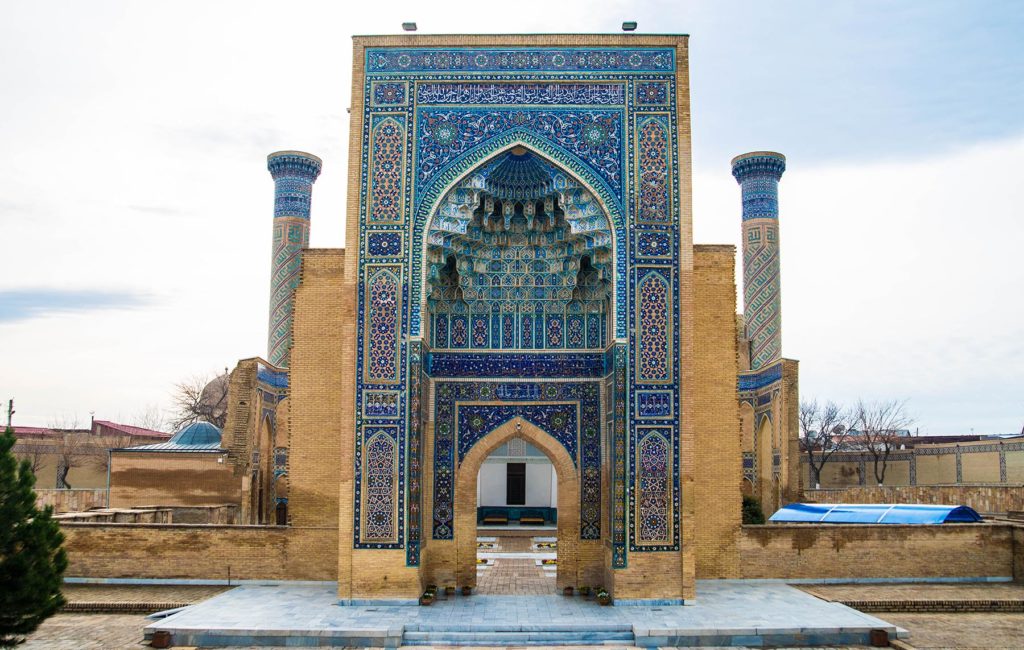
Samarkand is a city in north-eastern Uzbekistan which played an important role in the development of the region and its origins can be traced back to 1,500 BC. The city of Samarkand has been a focal point of trade and commerce across the region and was one of the stops along the famous Silk Road, the trade routes that connected East and West, China and Europe. Given its historical significance, it is no wonder that Samarkand is full of history and architecture that spans centuries. Unfortunately, Samarkand was invaded and destroyed by the Mongolian army with Genghis Khan at its helm. The city was later rebuilt by Amir Timur (also known as Tamerlane), therefore majority of the architecture that we can see today is from the post-Mongol era. Samarkand was also added to the World Heritage List by UNESCO in 2001, which further solidified the city's historic importance.
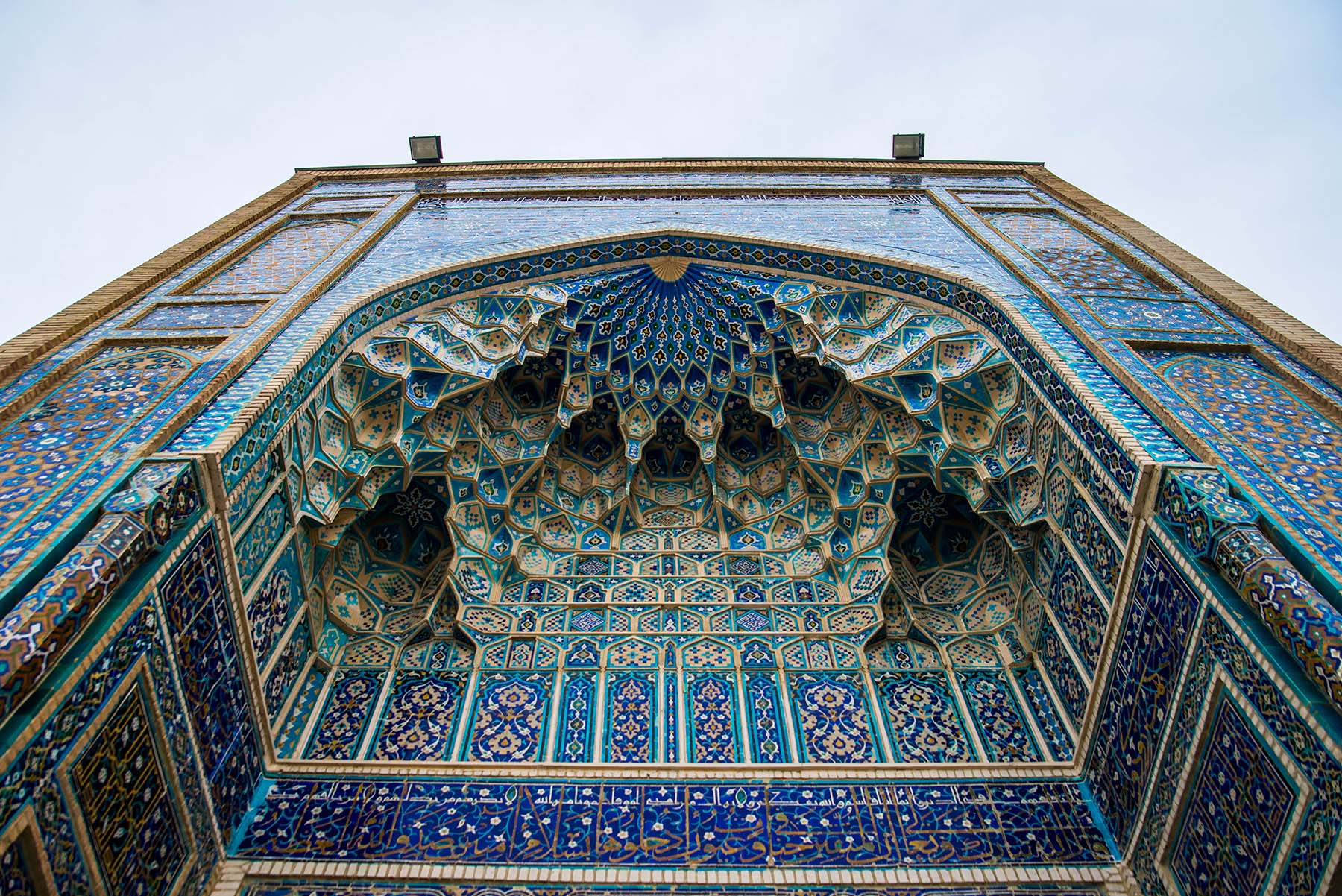




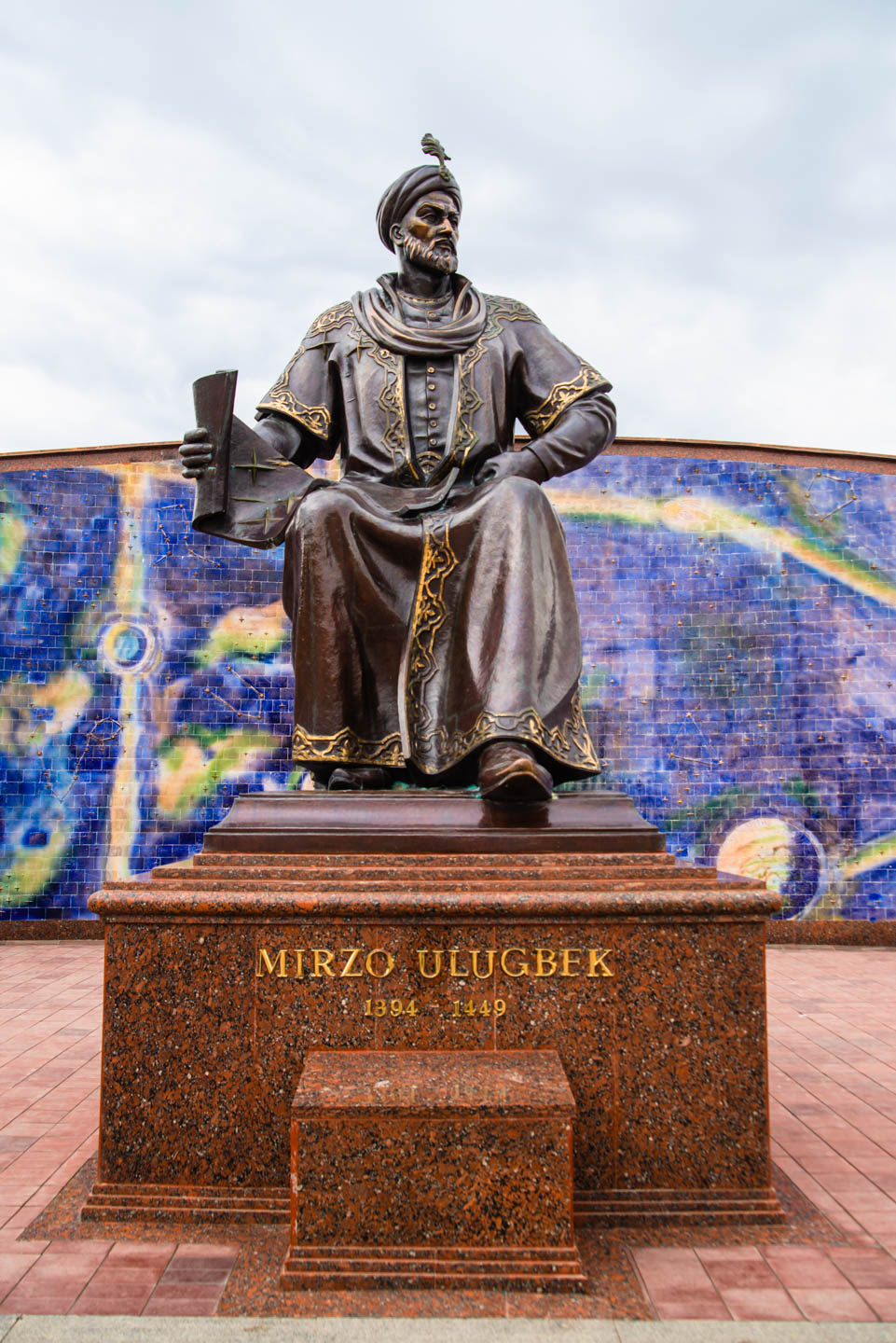
One of the main architectural attractions in Samarkand is Gur-Emir mausoleum. Gur-Emir translates as "emir's tomb" and emir is the title that has been used in a various Muslim countries for its rulers. Gur-Emir serves as a tomb for Tamerlane, his two sons and his grandsons. The mausoleum exhibits prominent architectural features that are common for the architecture of the time with the blue ornaments being a main feature. Inside, it is truly a sight to behold. The walls and ceiling are decorated in gold and blue, and while the inside has been reconstructed, this is what the inside was supposed to look like when it was originally built. Additionally, inside there are tombstones that mark the actual graves in the crypt which is located under the main chamber.
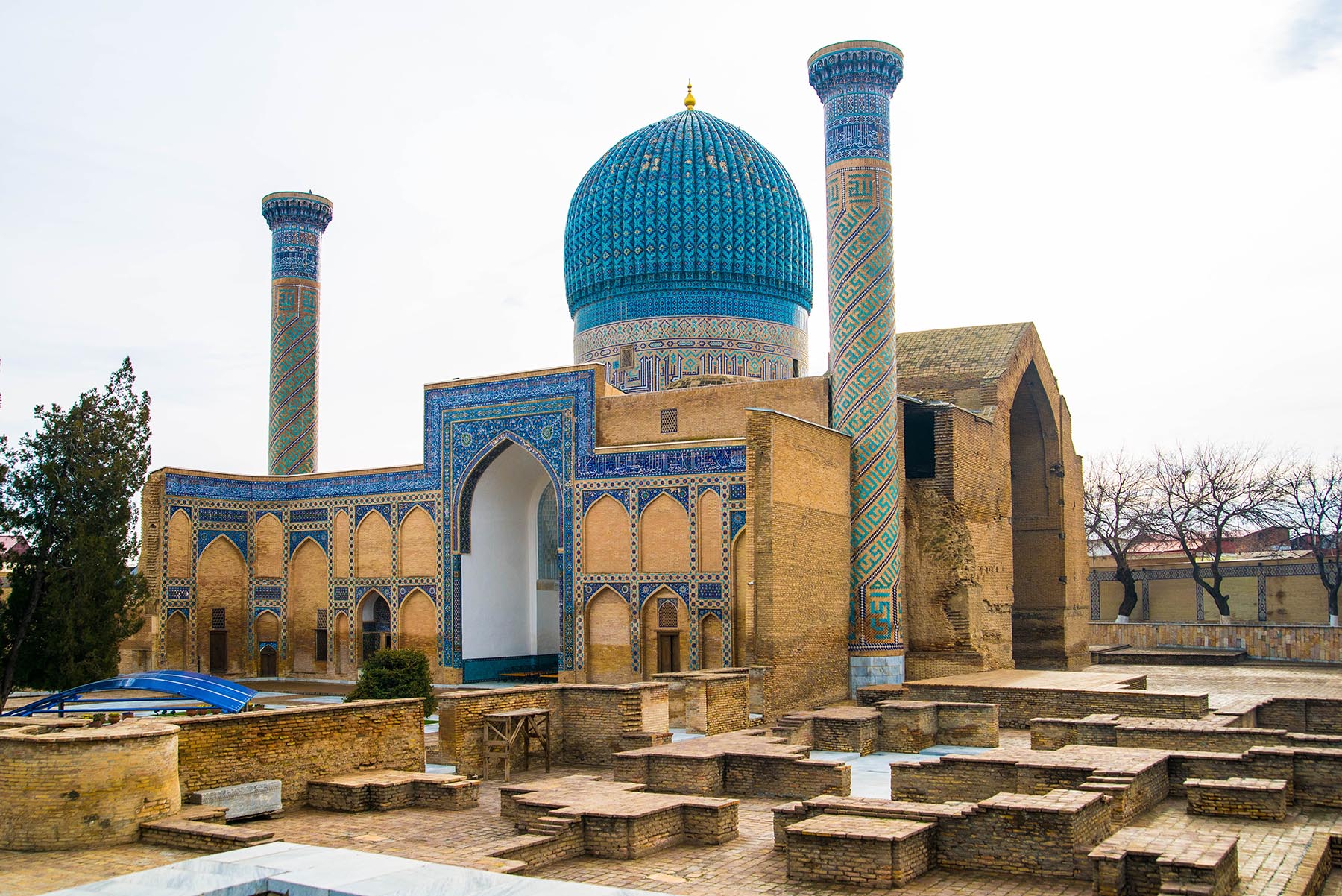
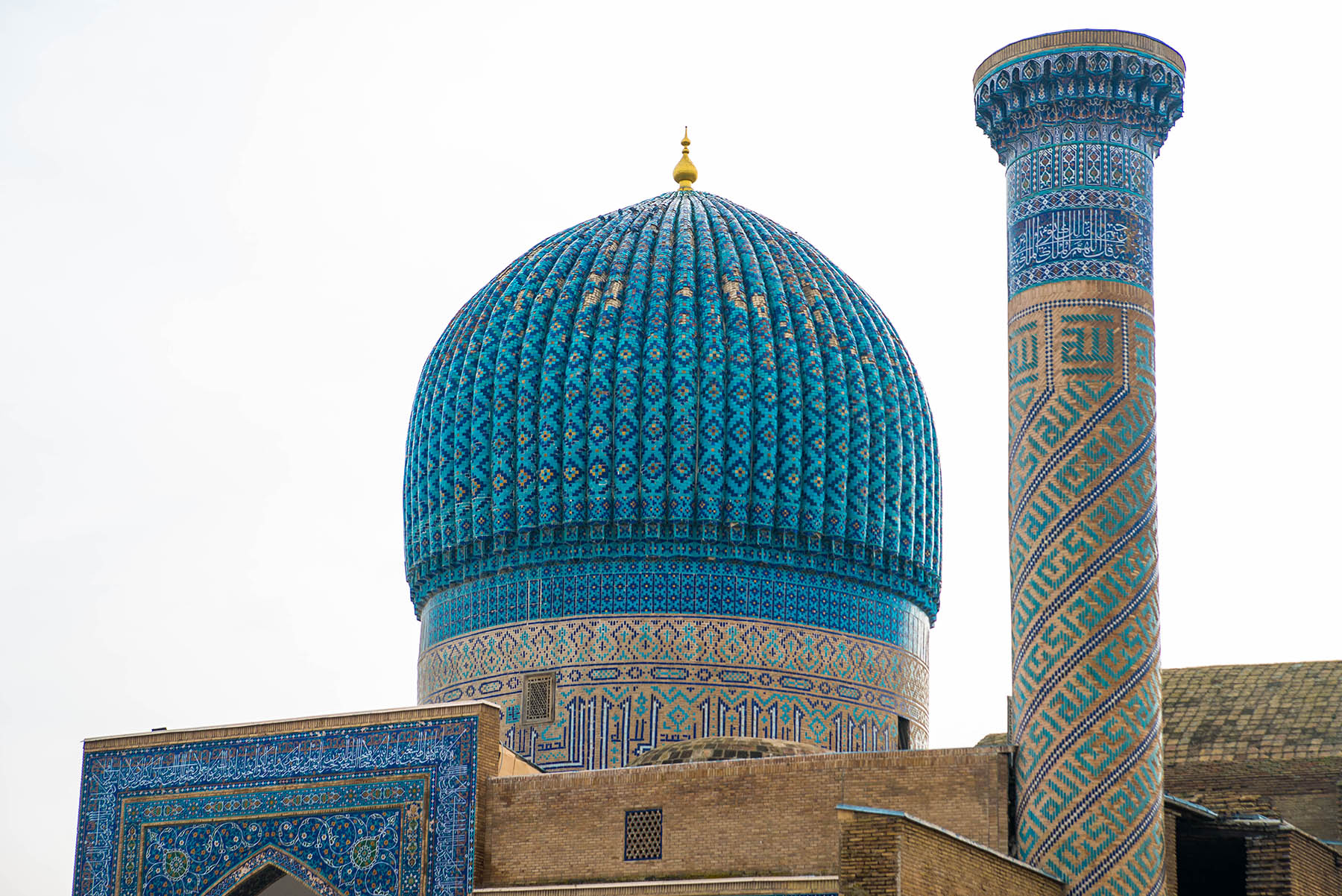
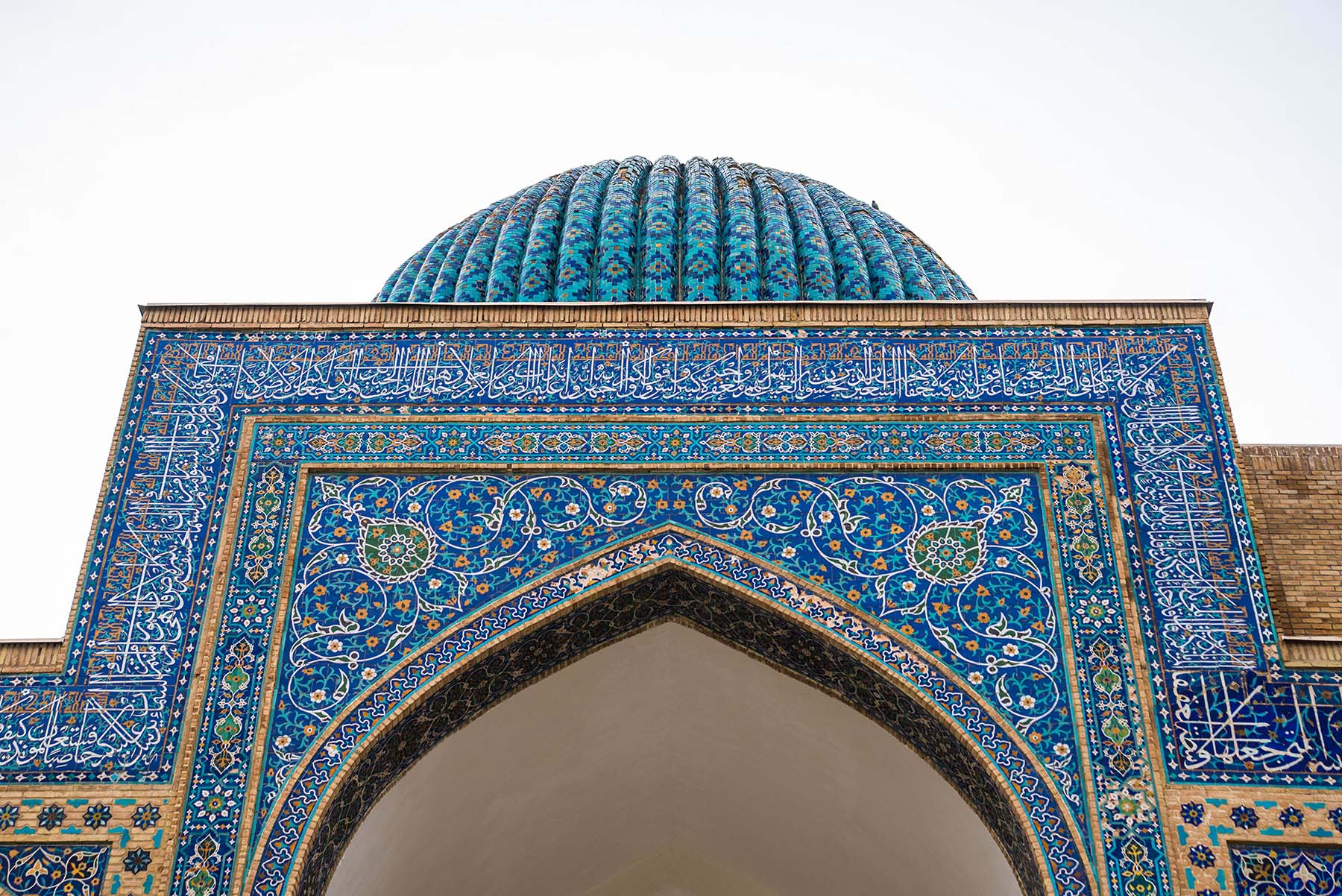
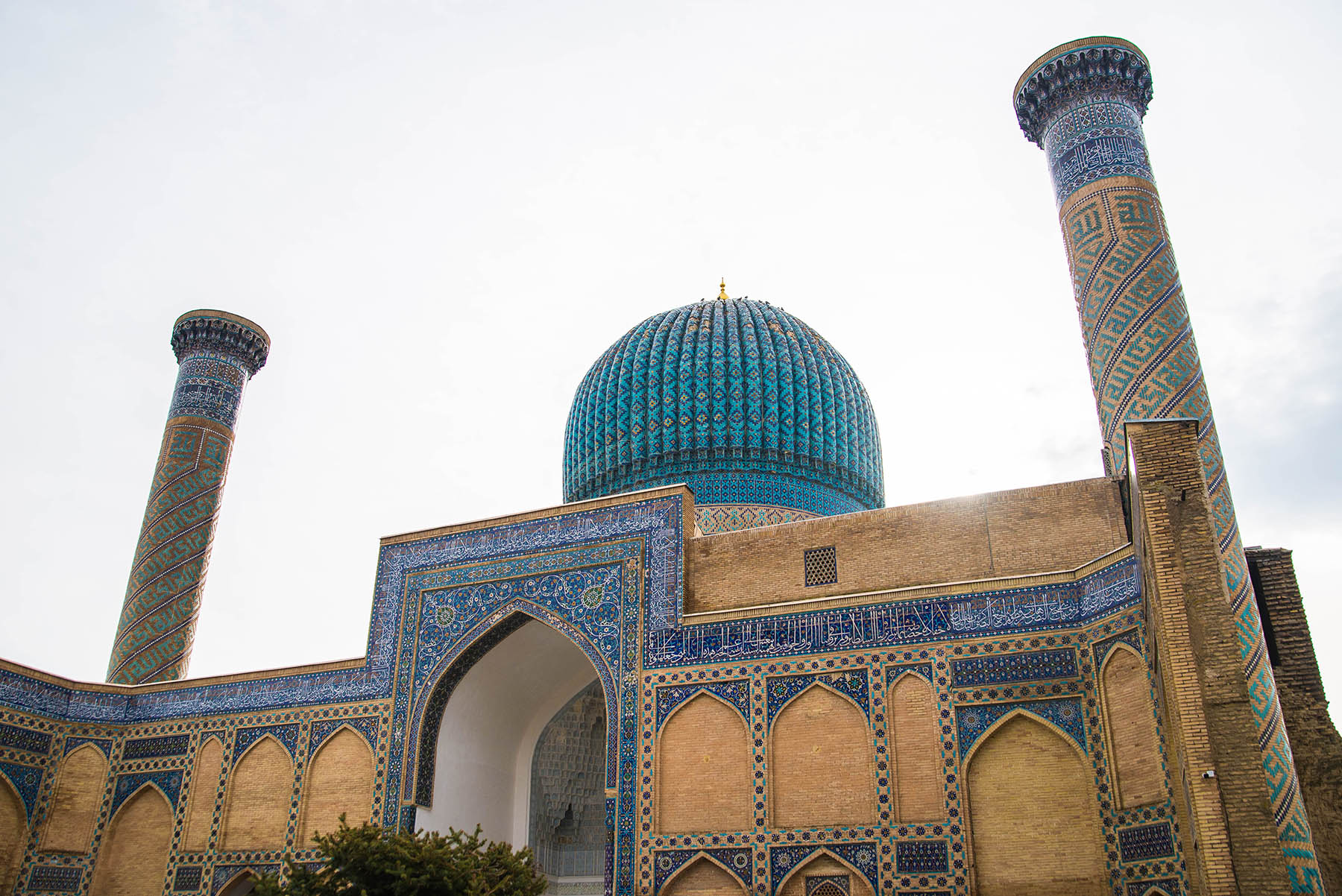
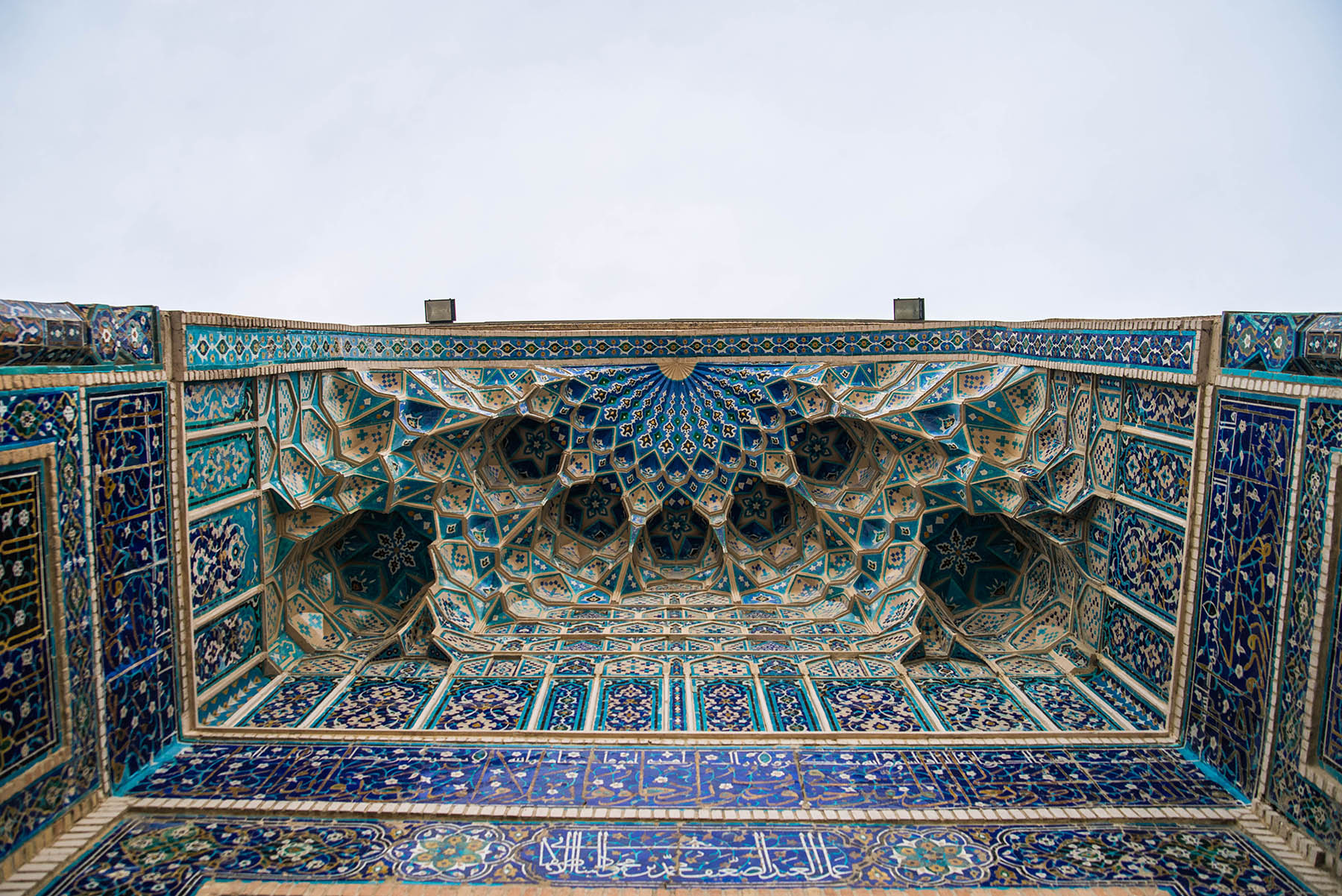
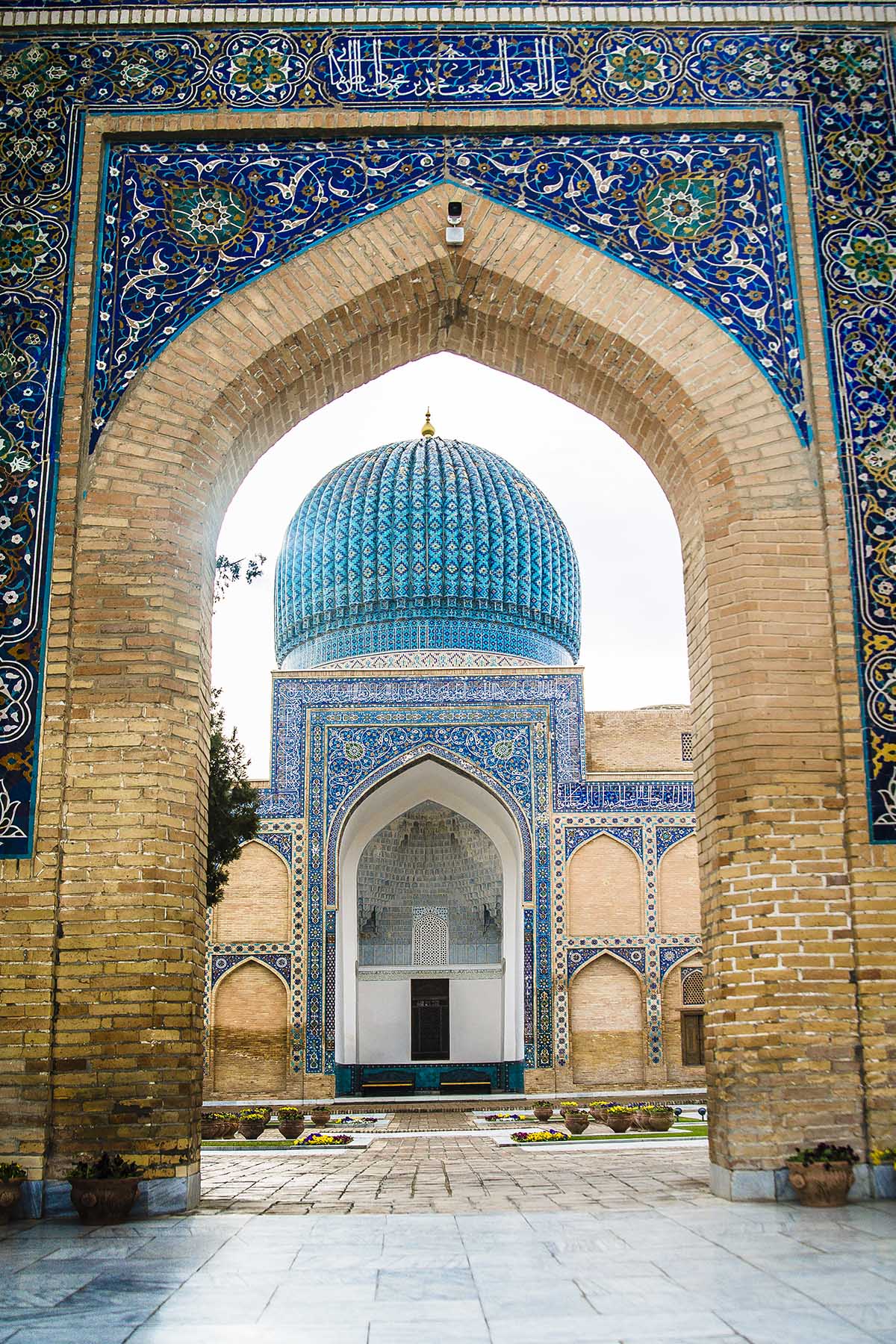
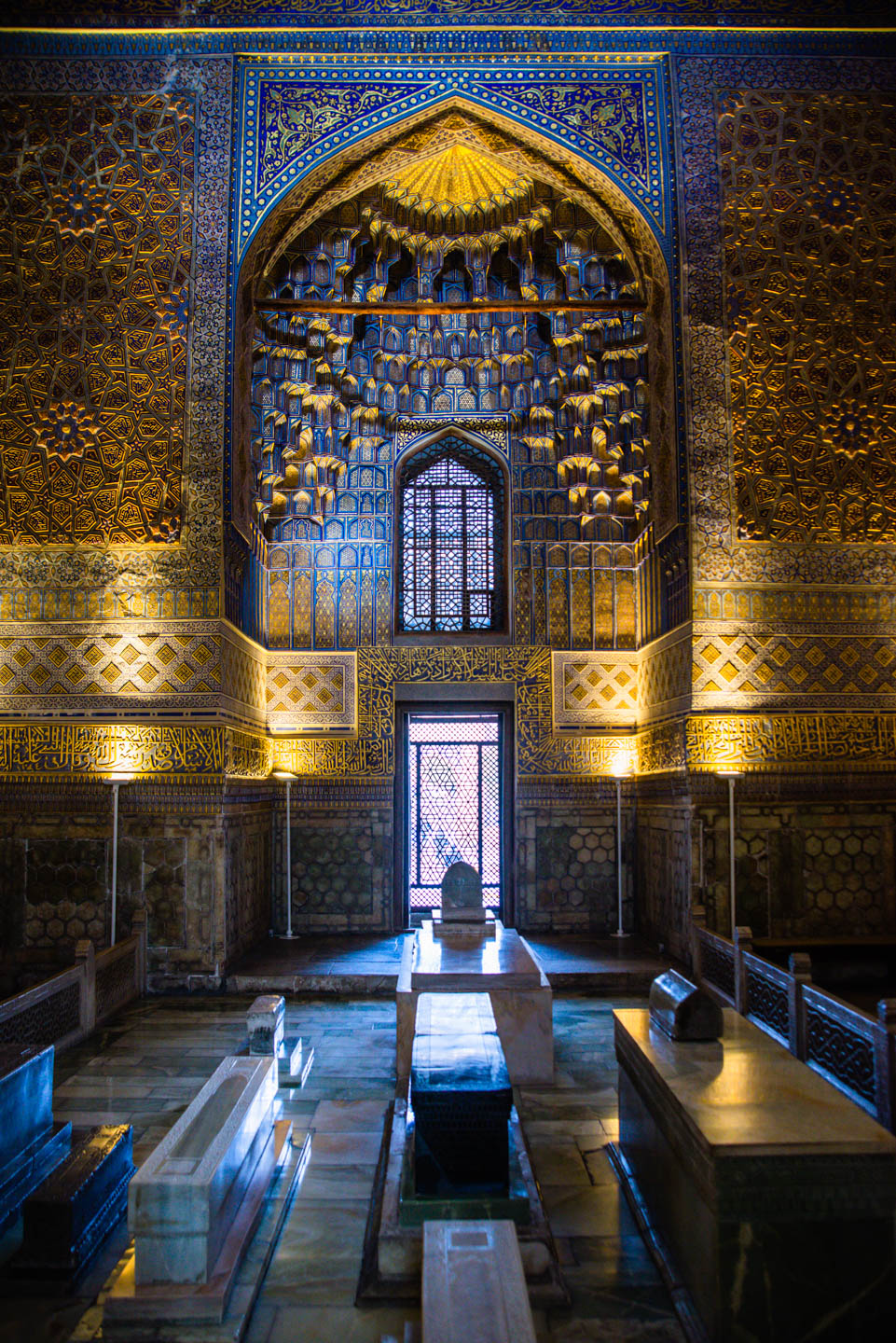
There is one interesting fact about Tamerlane's resting place and his remains. The legend has it that there was an engraving on the Tamerlane's grave that said that anyone who would trouble the ruler's peace in this life or the afterlife will suffer terrible consequences and die. That did not stop the Soviet archaeologists from opening Tamerlane's tomb to examine the remains even though there was strong opposition from the local elders and clergy. Tamerlane's remains were excavated from his tomb on June 19, 1941. Three days later, Soviet Union gets invaded by Nazi Germany and this marks a beginning of the World War II. The superstitious members of the clergy and the locals blamed the archaeologists and Tamerlane's remains were reburied in 1942. Shortly after, the battle of Stalingrad turned the tide of war in Soviet Union's favor. I am not a superstitious person, but this is one of the stories that makes you believe in ancient curses.

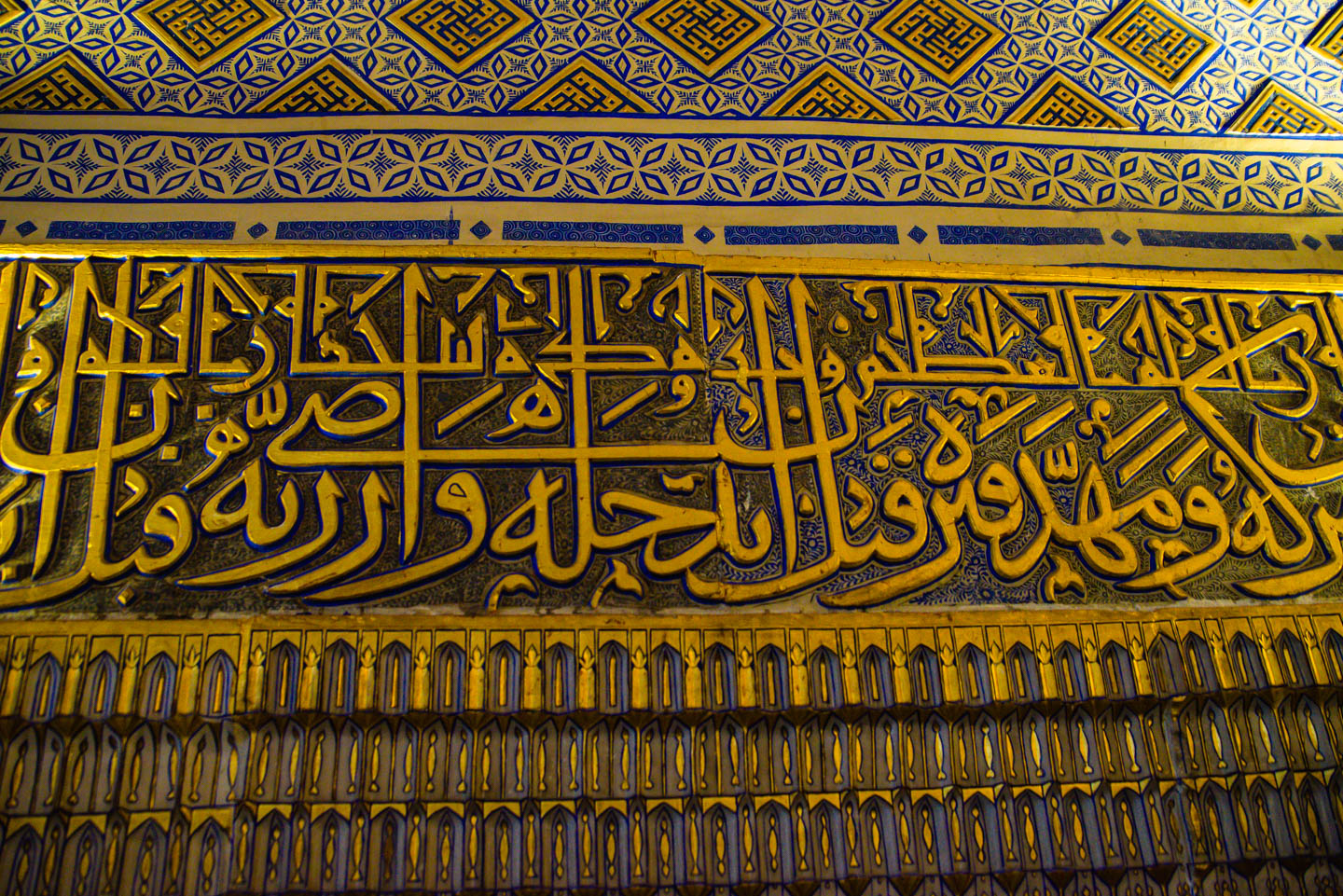
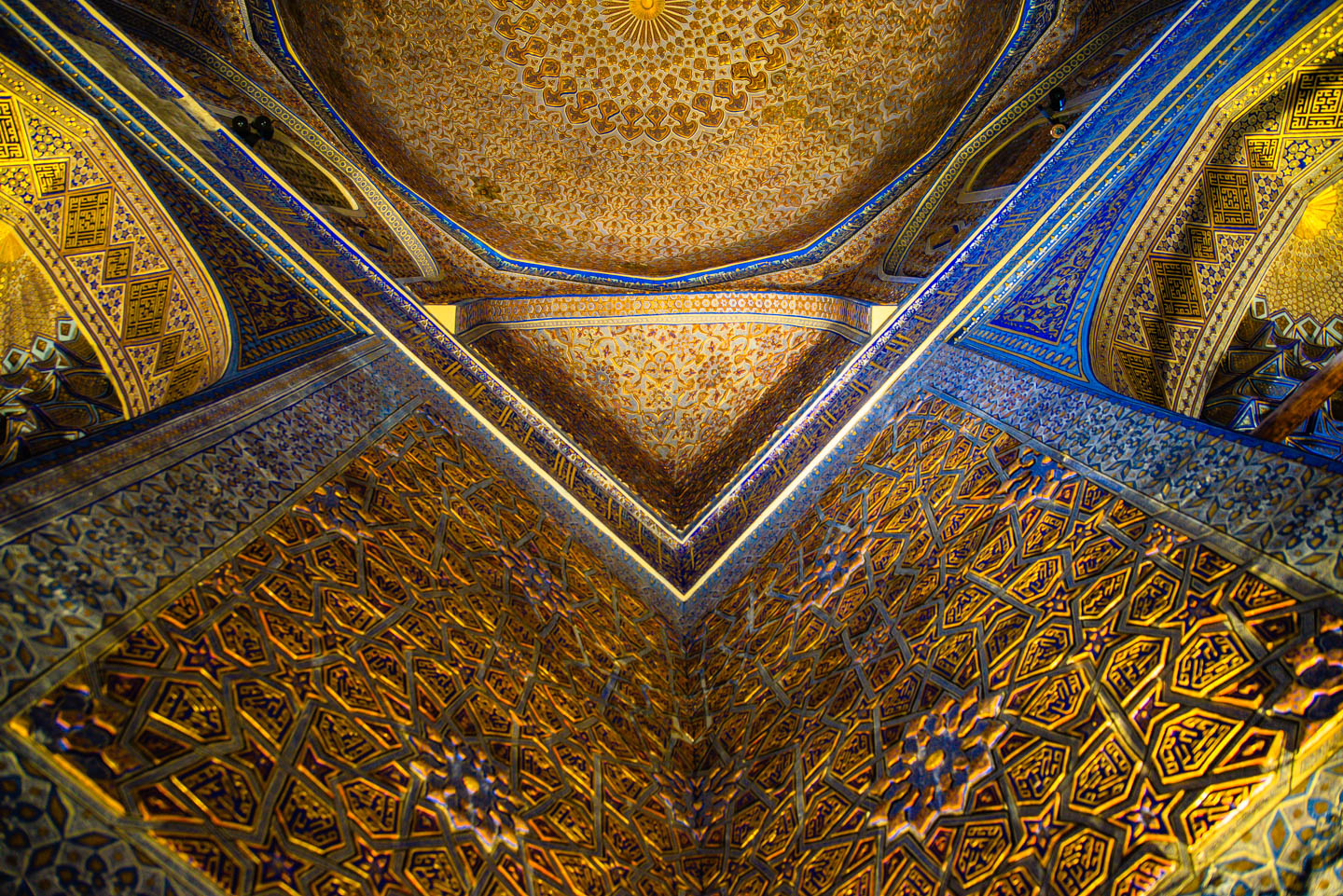
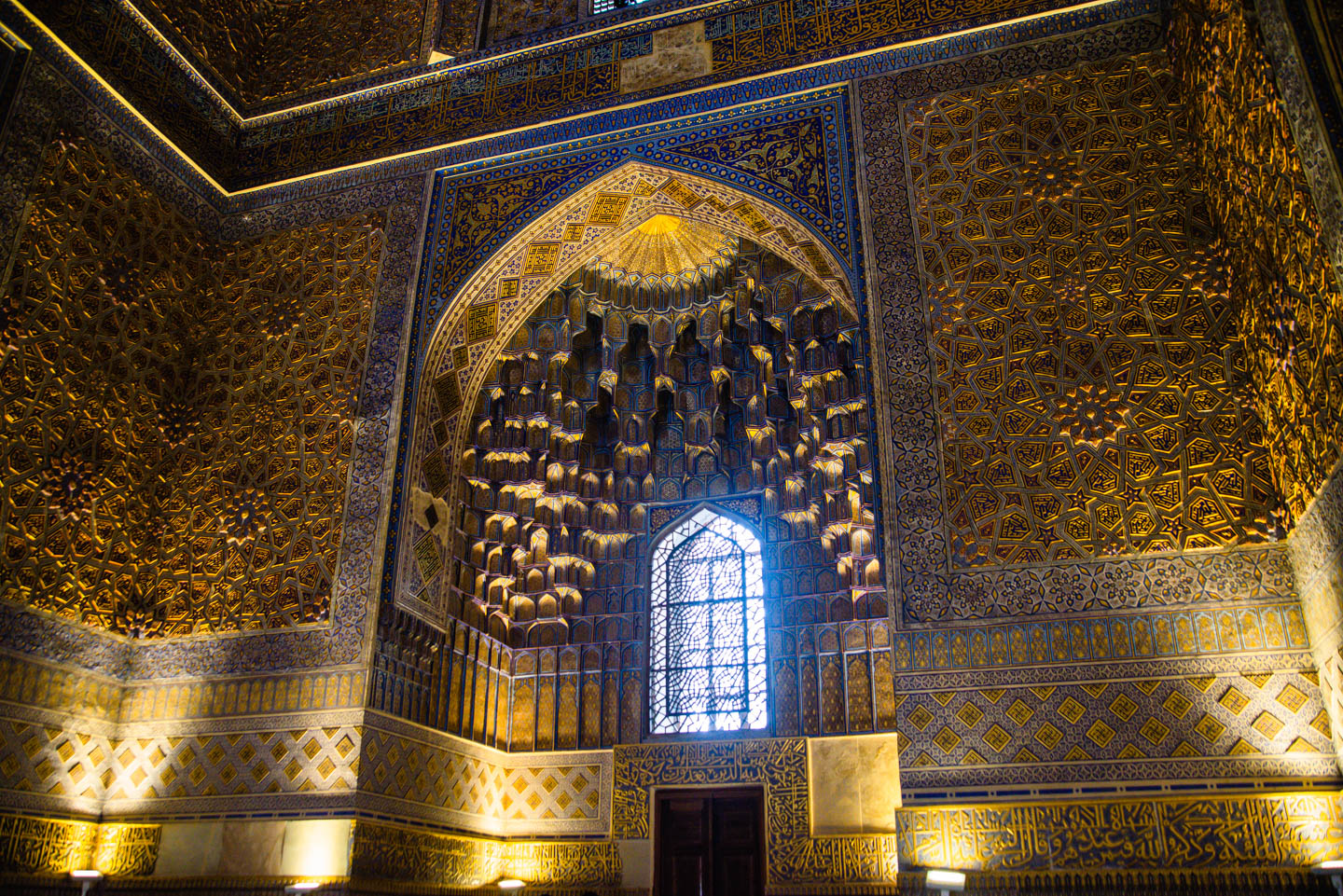

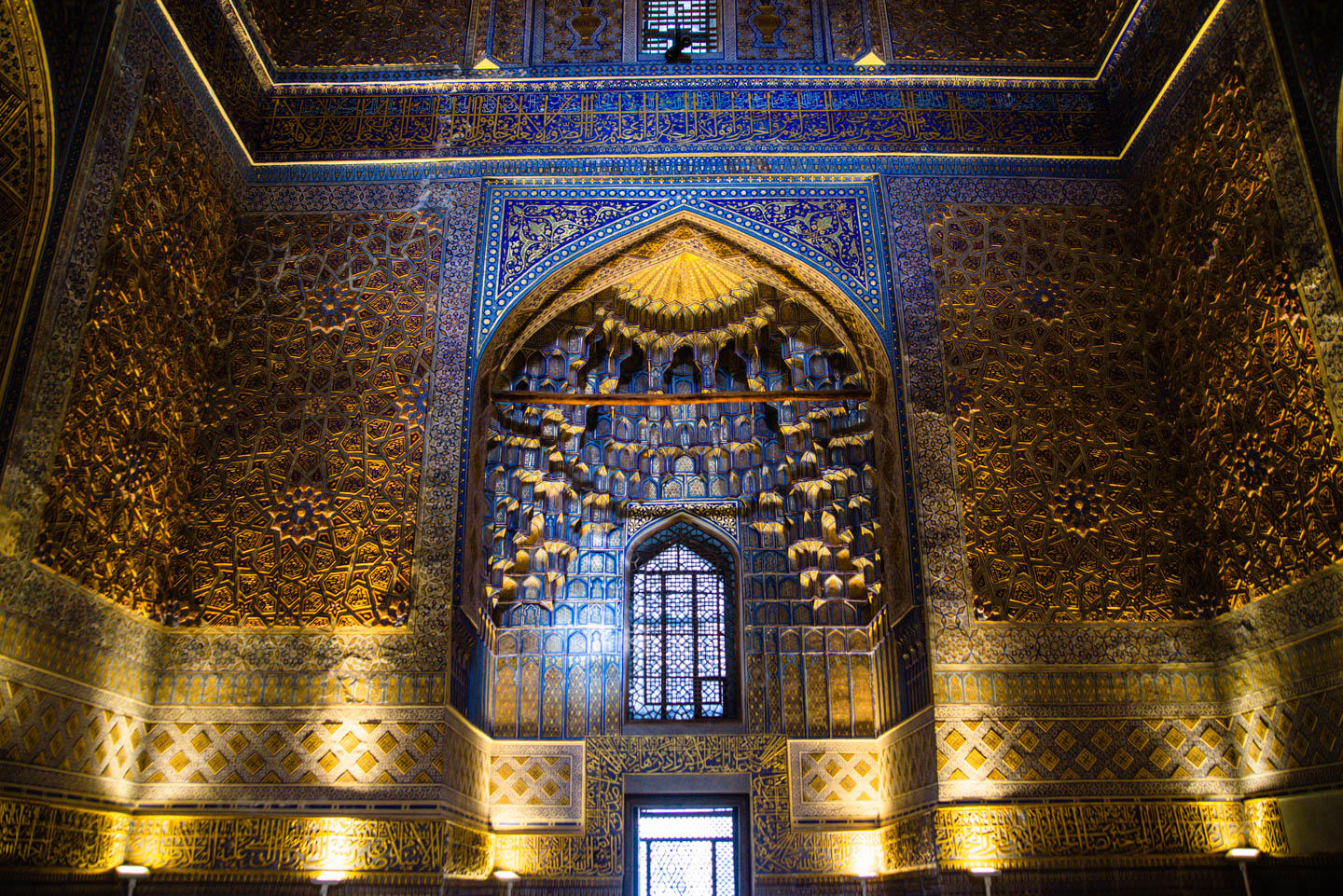
The next place of interest I would like to talk about is the necropolis Shahi-Zinda. For those of you who do not know what a necropolis is, it literally translates as "city of the dead" from the ancient Greek. Shahi-Zinda necropolis in Samarkand is the series of mosques, mausoleums and cemeteries. The members of the ruling dynasties and those close to them (generals, mentors, clergy) were buried on the grounds of this complex. The necropolis also features a cemetery where the less important people were put to rest. The cemetery, however, ran out of space quite some time ago, so no new people are getting buried there. One interesting fact about Shahi-Zinda is that it features both a male and a female necropolis.
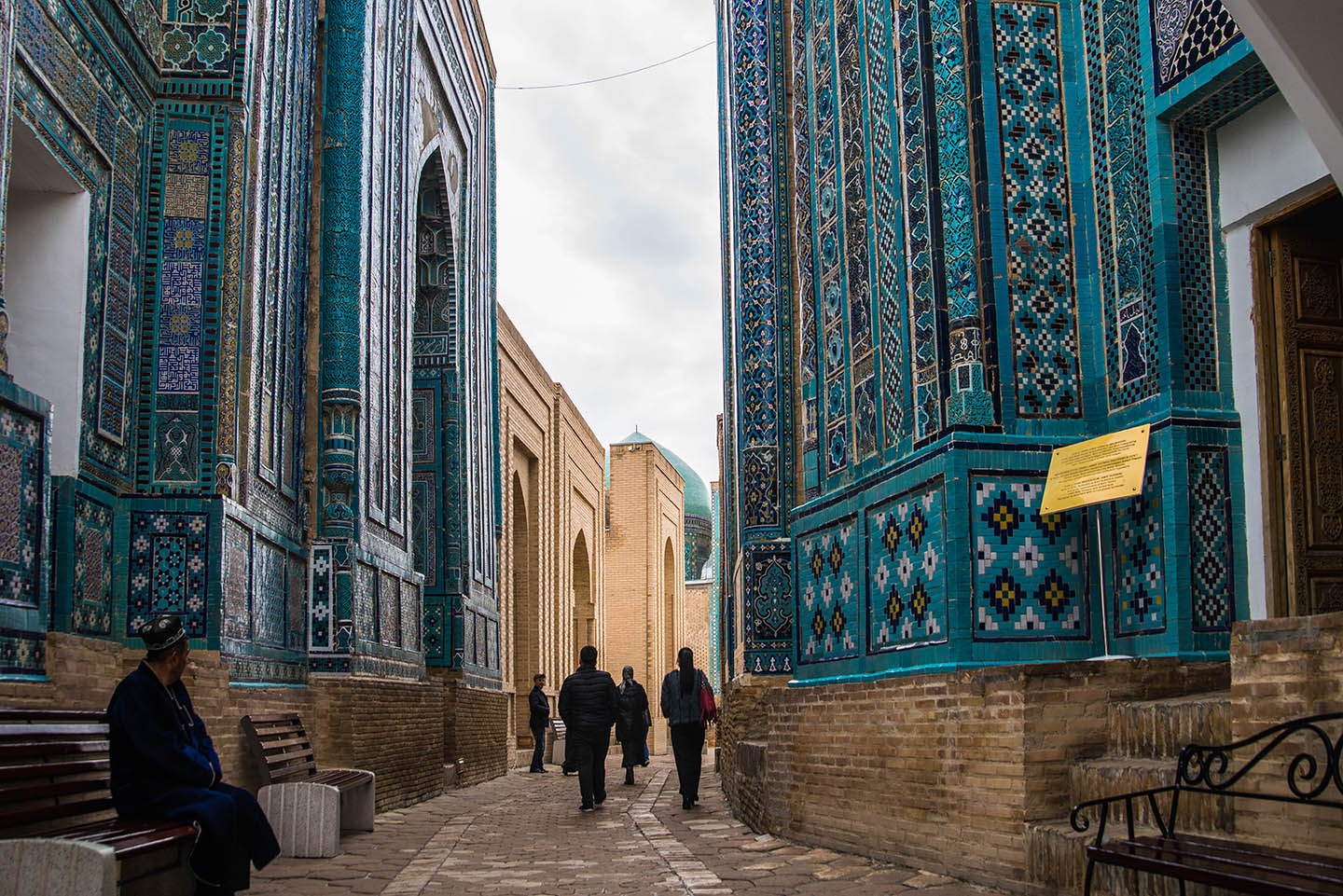

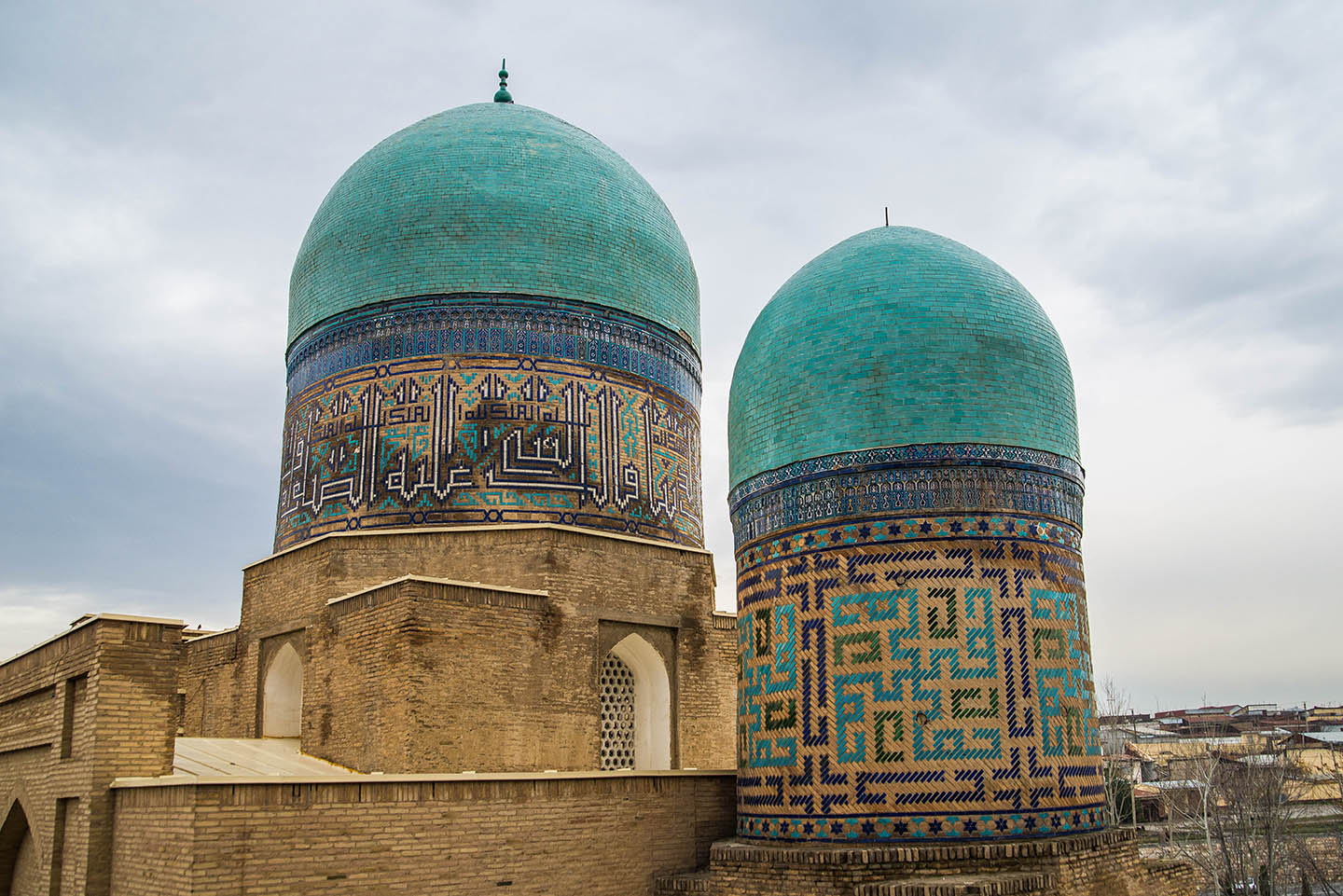

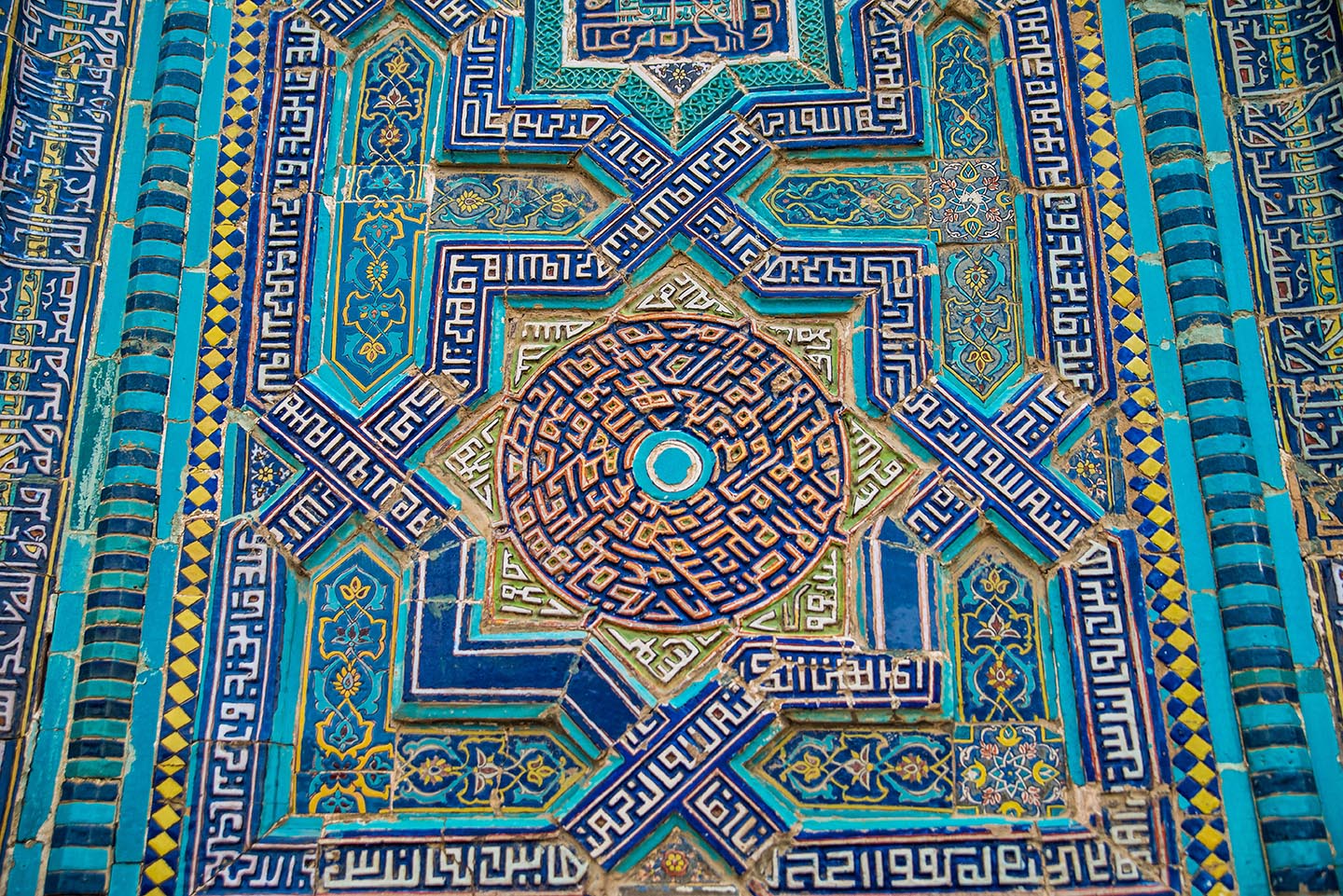
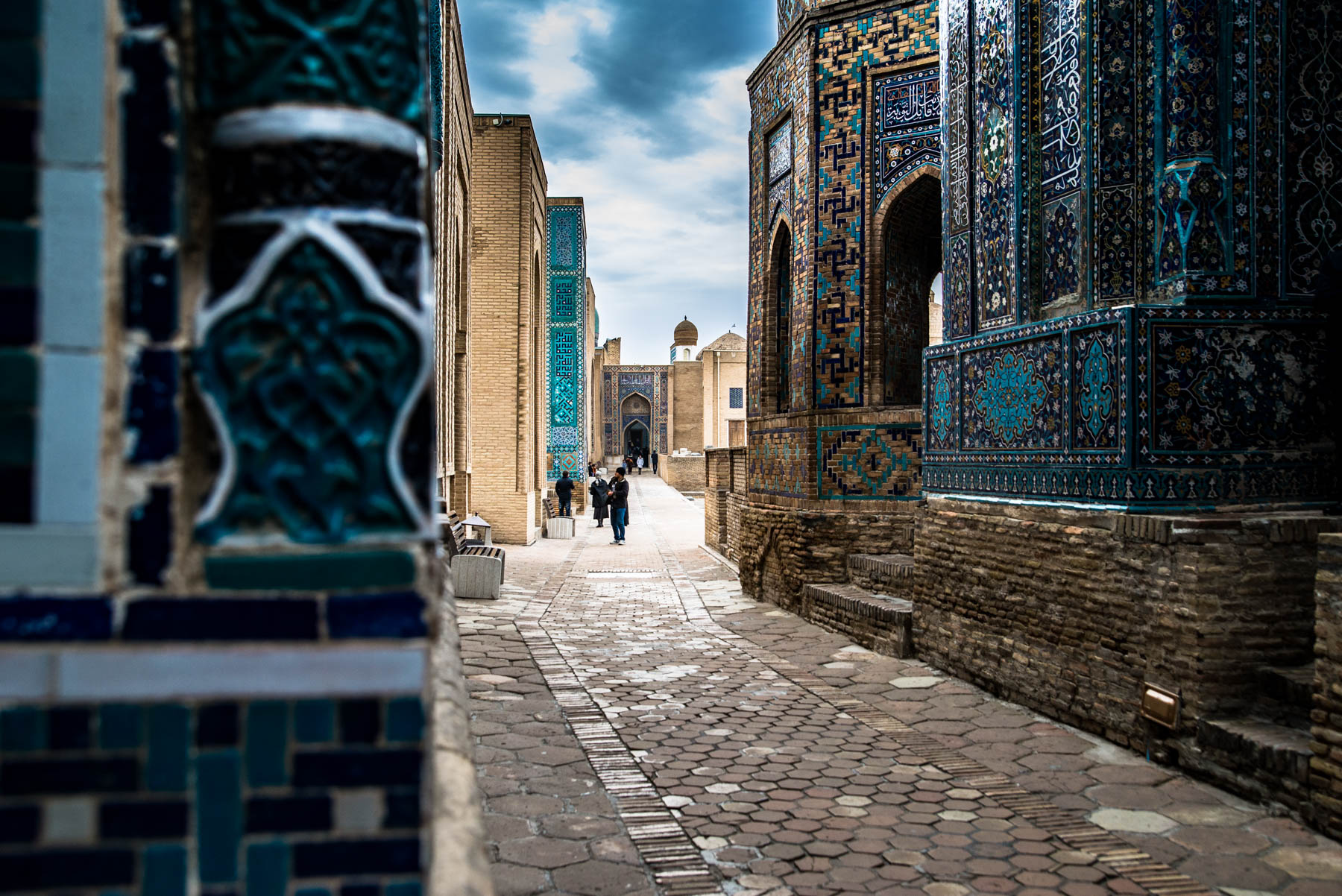
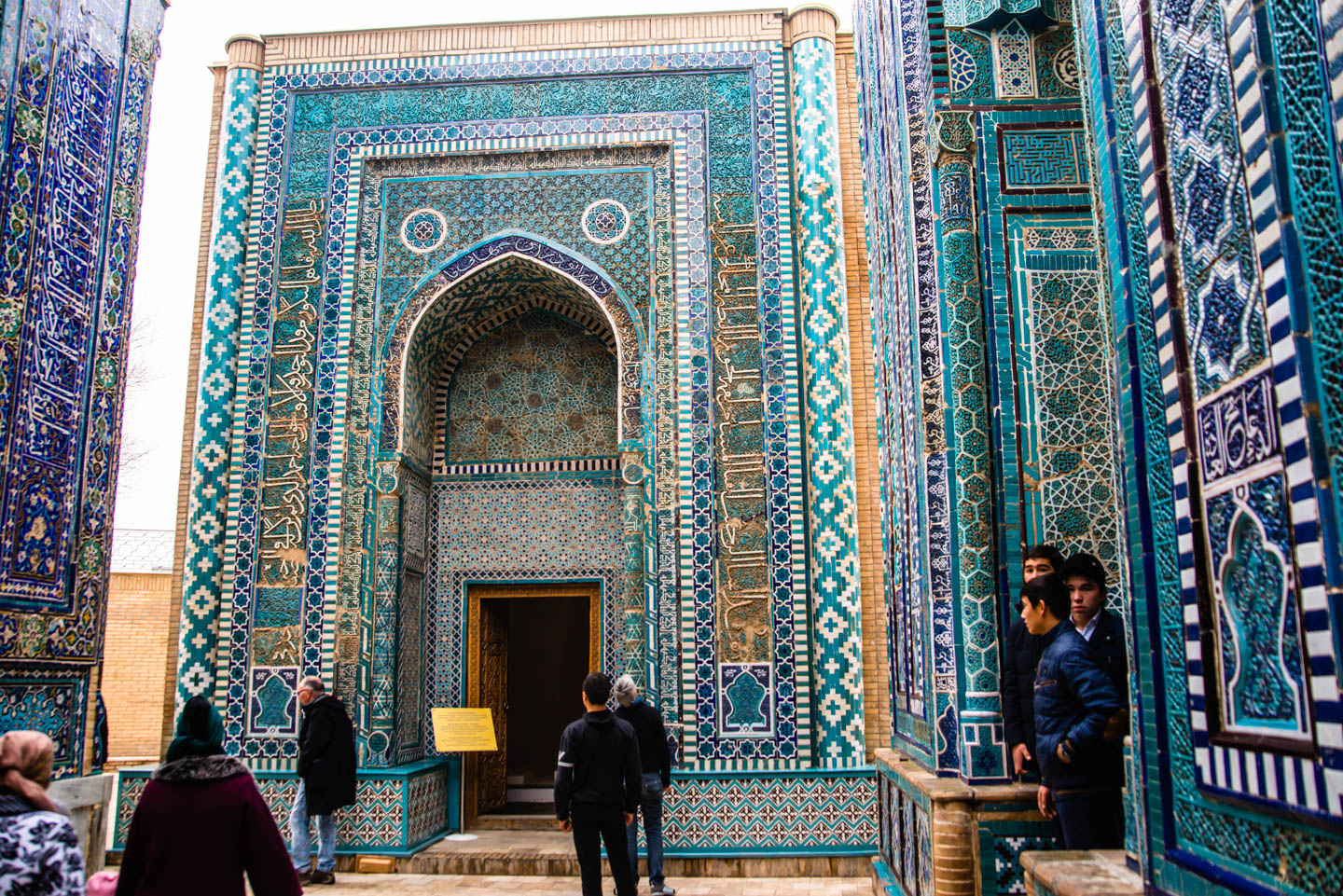
As with all of the historical places, Shahi-Zinda has many legends and interesting stories associated with it. For example, legend has it that you need to count the number of steps while going up the stairs to the complex and then count them again on your way down. If you get the same number of stairs, then it is believed that you have cleansed yourself of your sins. Luckily, I got the same number! Overall, visiting Shahi-Zinda is a surreal experience as you understand that you are essentially located in the middle of the graves. However, you don't feel the negative energy. Maybe it is due to the fact that this place is considered sacred and many Muslims come here to pray and pay their respects.
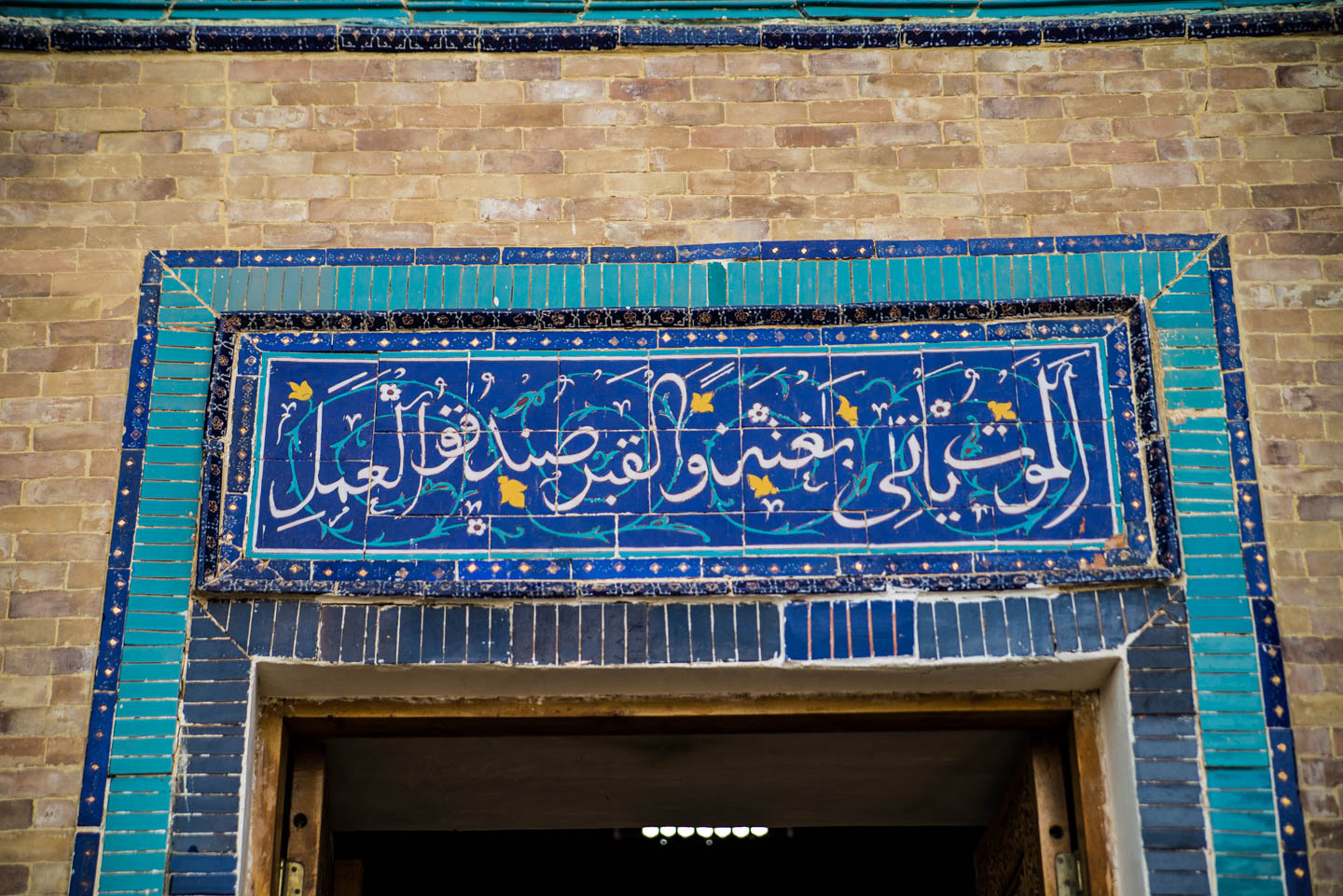
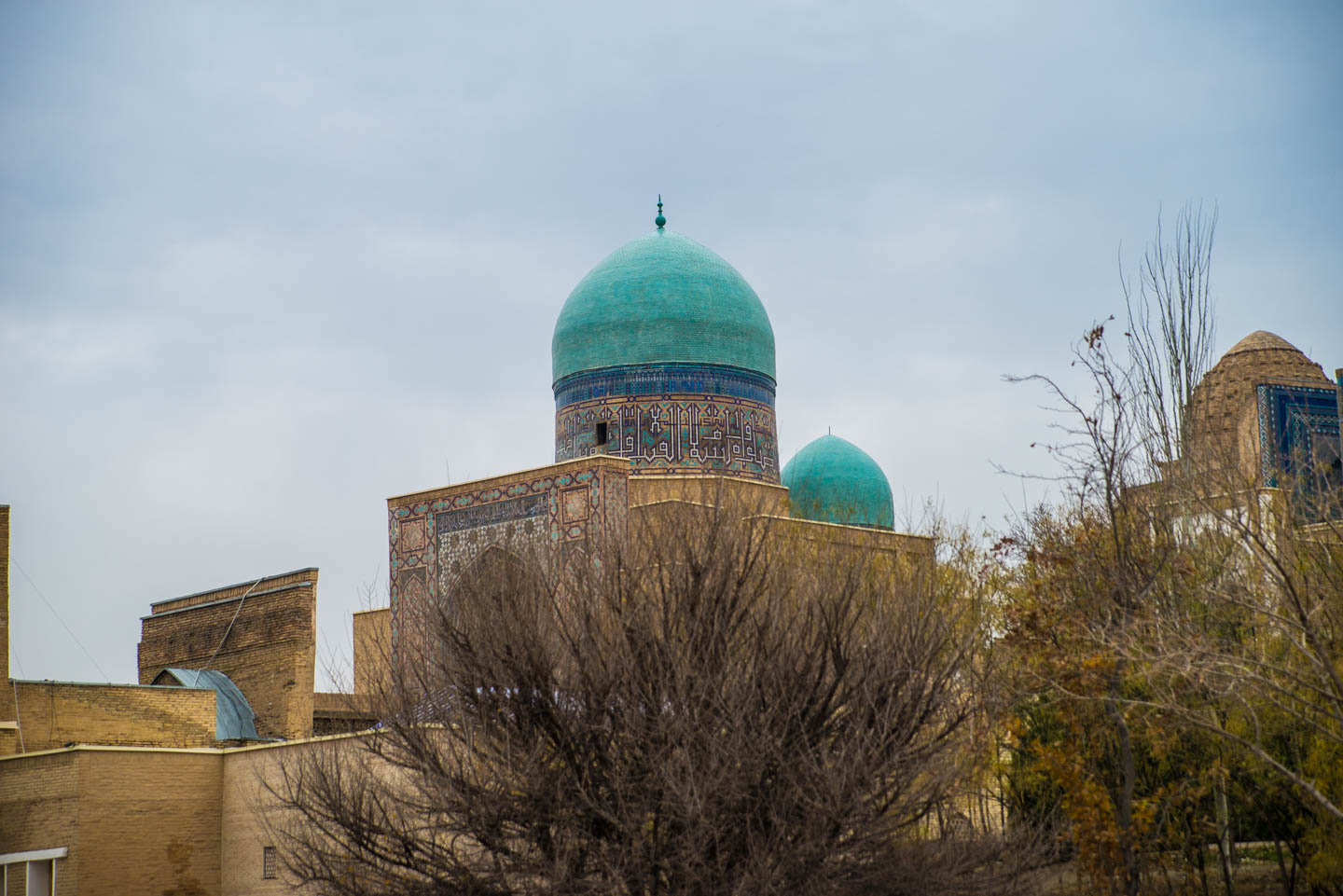

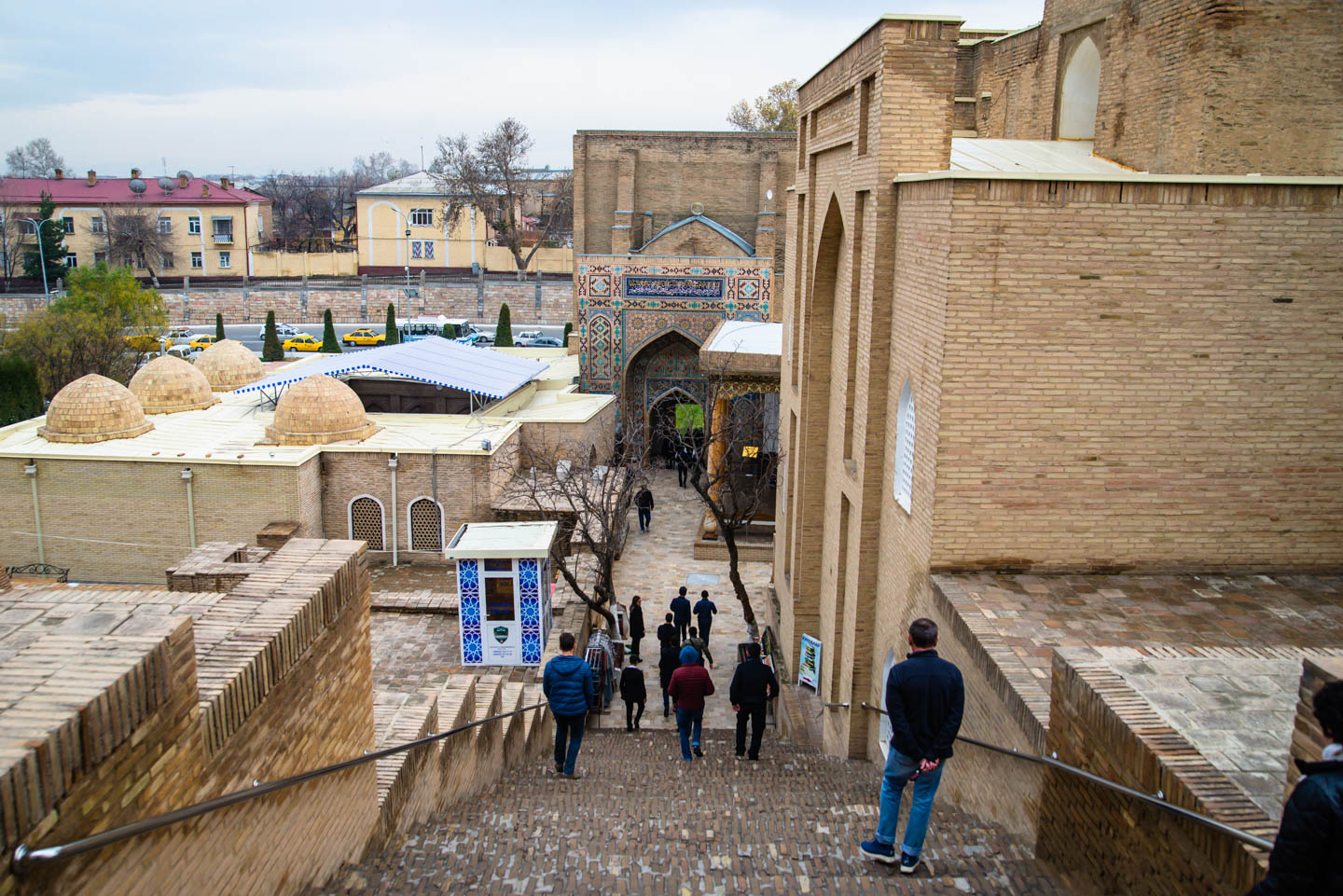
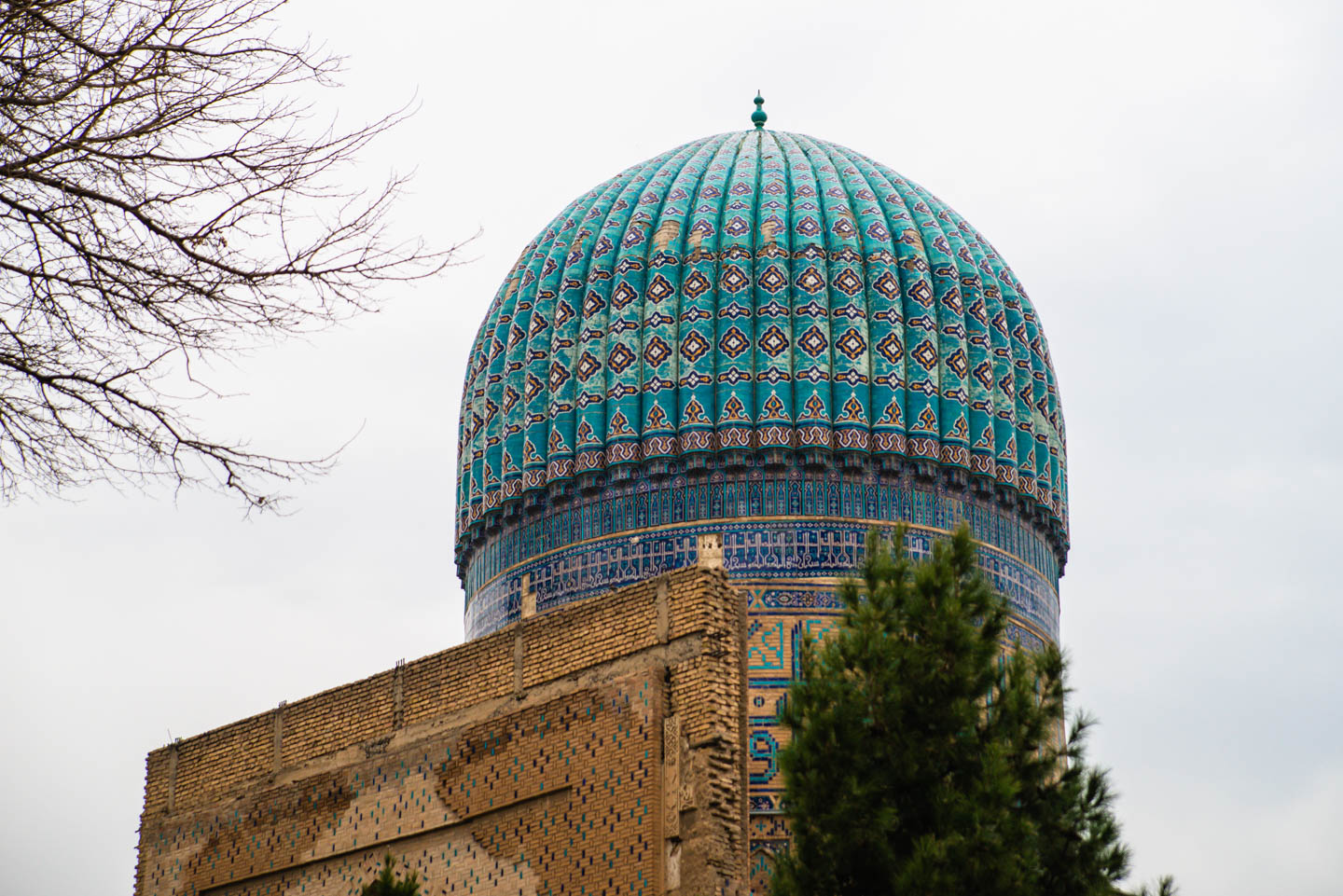
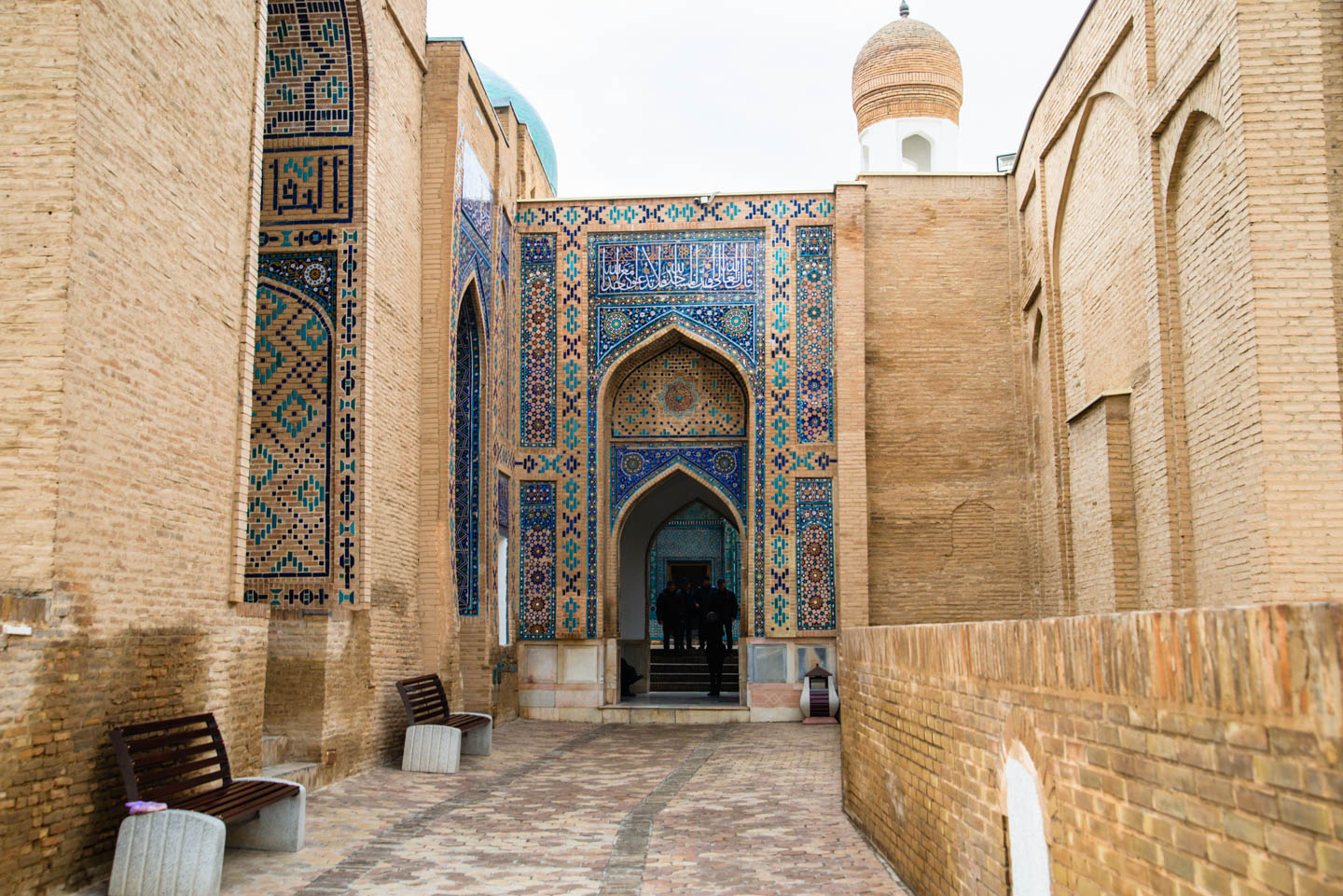
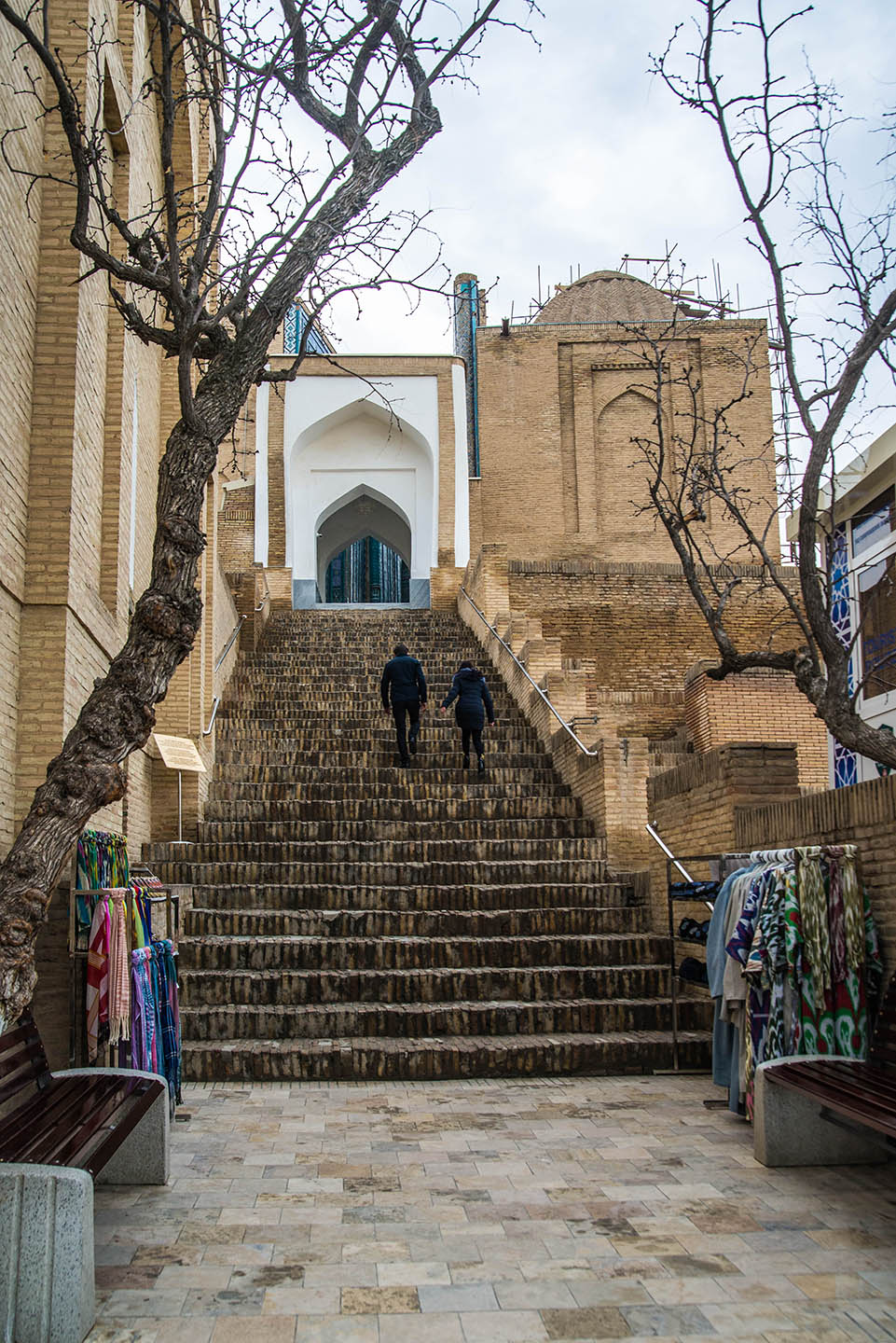
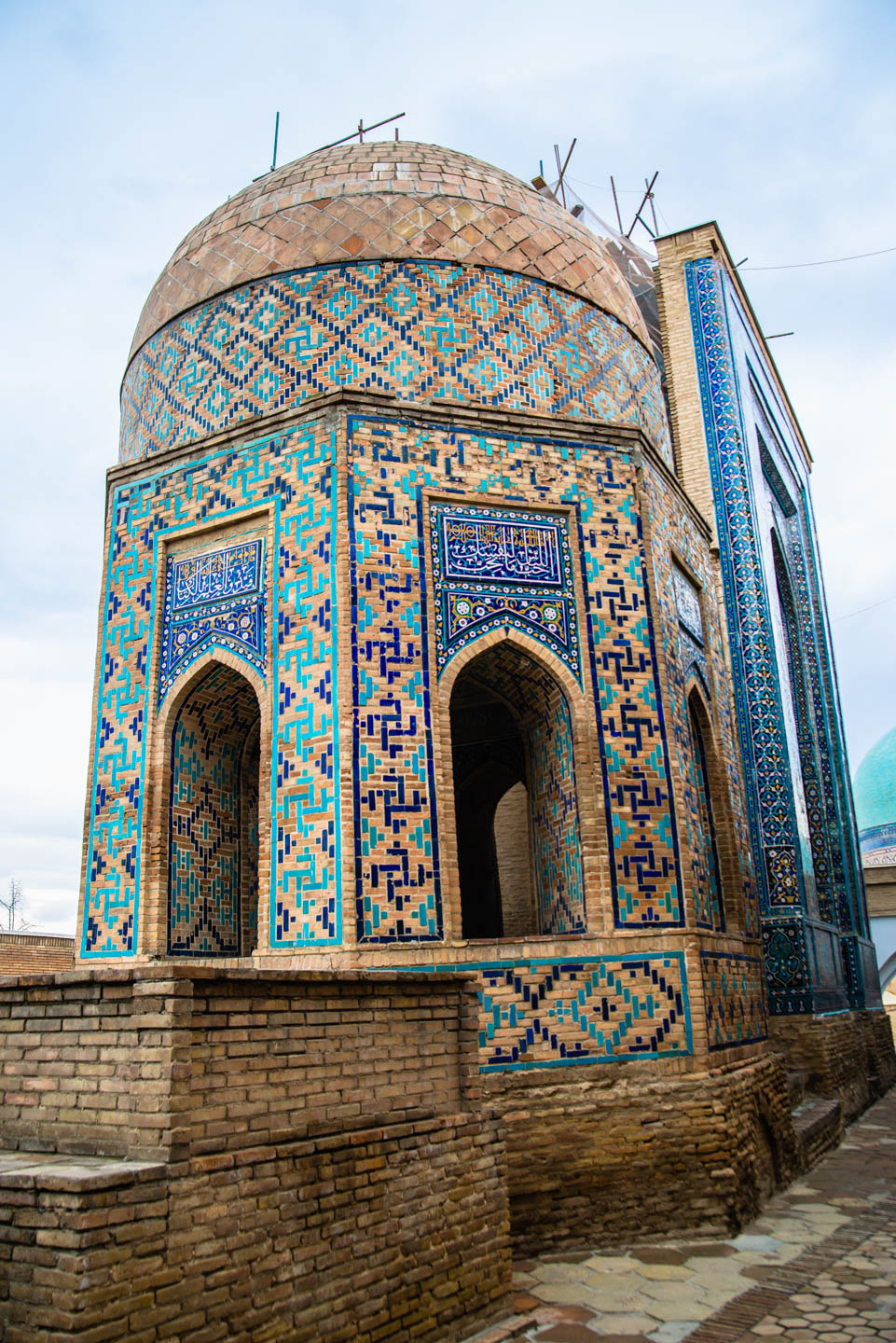
Now, let's talk about Registan Square that is located in the heart of the ancient city. The square features three schools or universities called "medrese". Back in the day, these three buildings represented an equivalent of elementary, middle, high schools and universities. People from all over the country would come to Samarkand to study and get their education. Students would spend eight years in each medrese and would learn mathematics, astronomy, religious texts and philosophy. Therefore the full cycle of studies in all three schools lasted twenty four years. Today, Registan Square serves as a place for nation-wide celebrations and concerts. The medreses have been renovated and Registan Square is now one of the busiest tourist attractions in Samarkand.
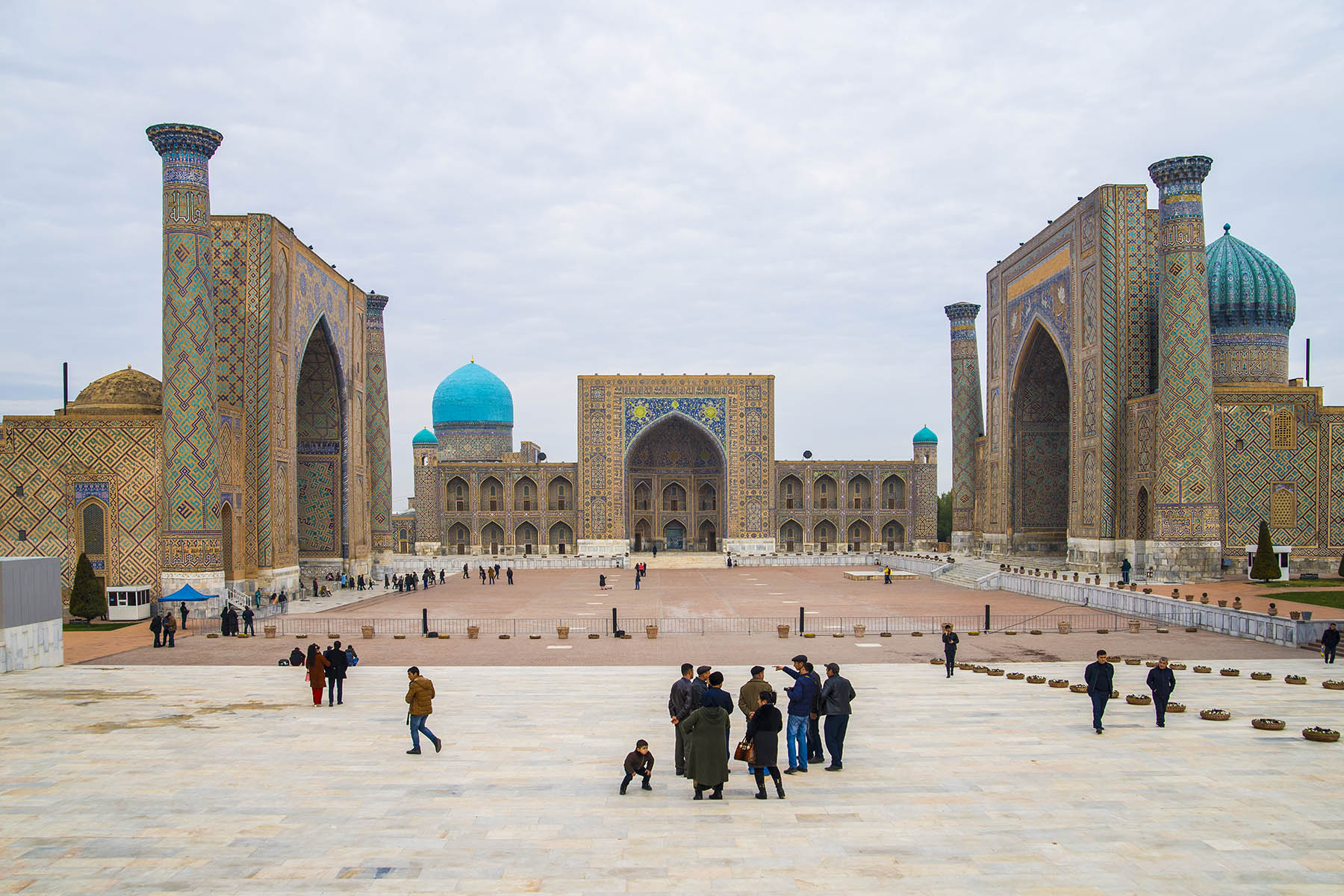
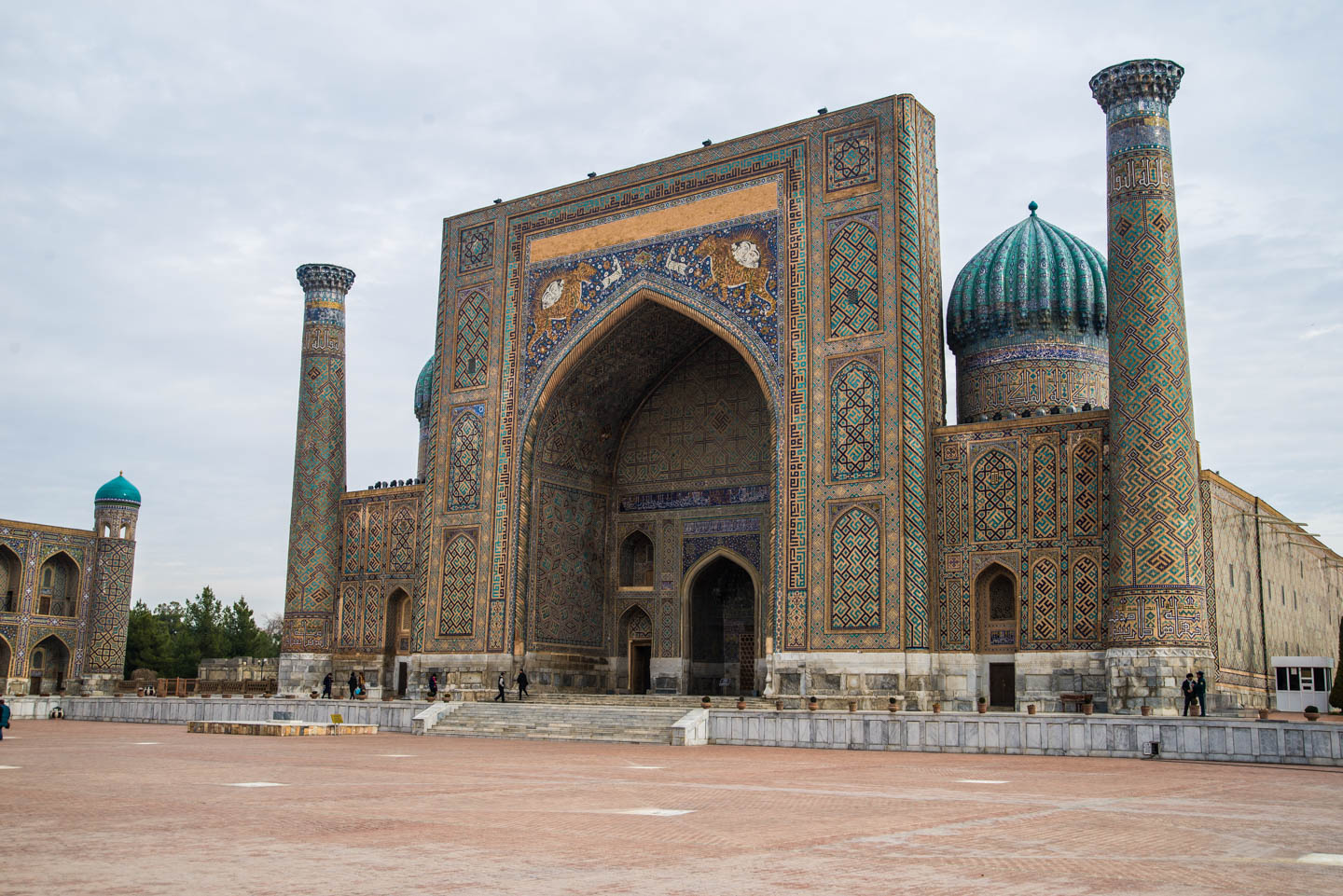
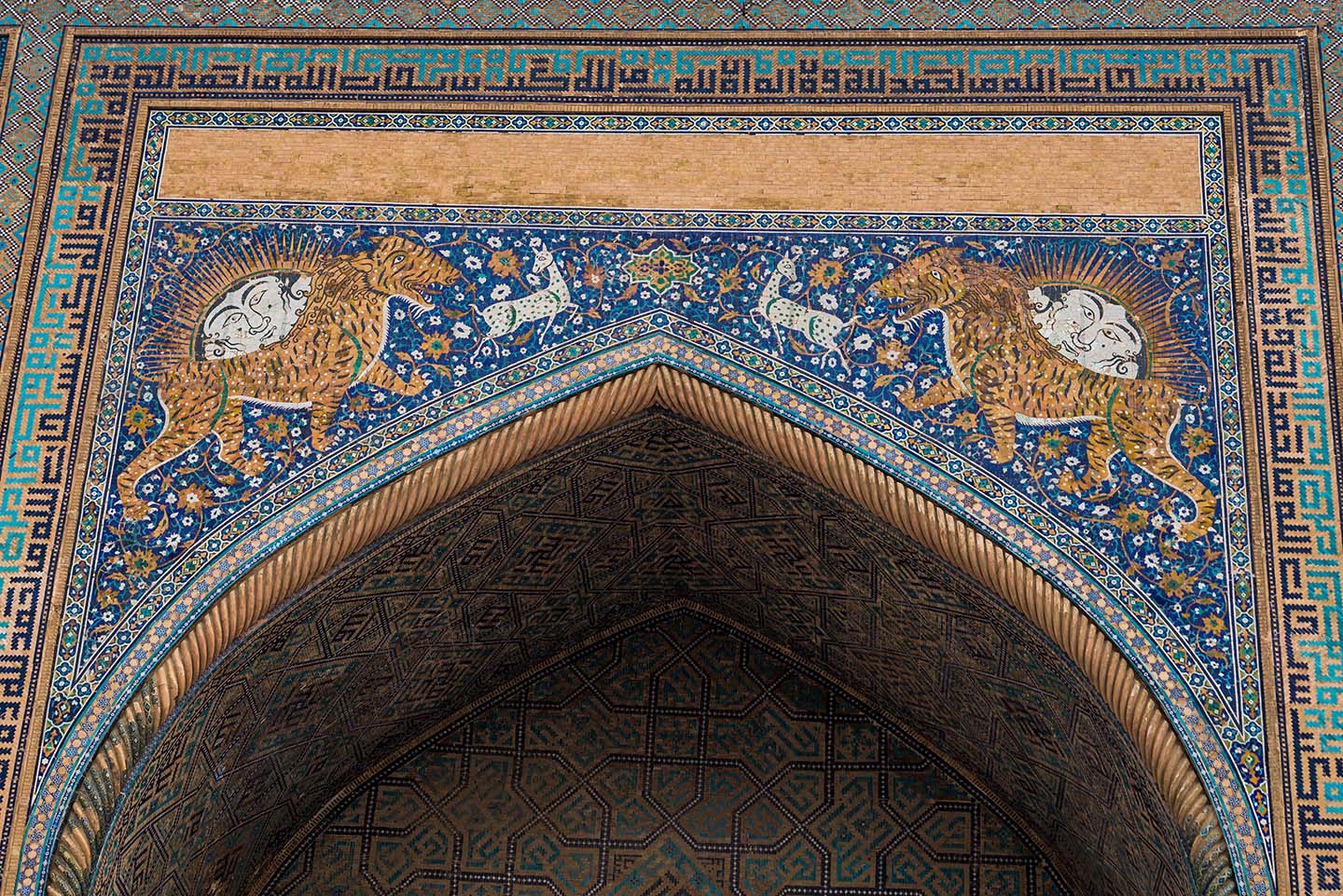
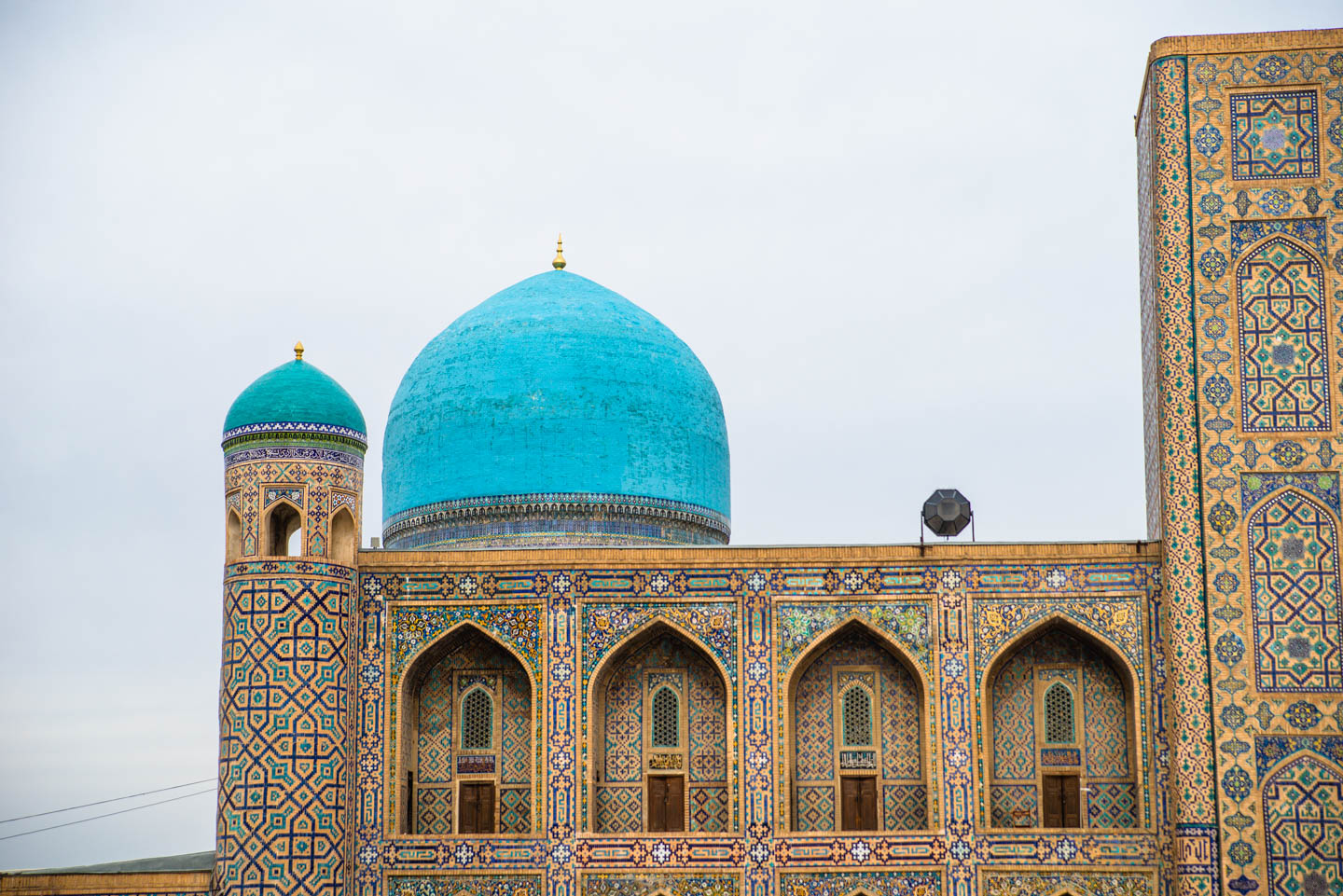
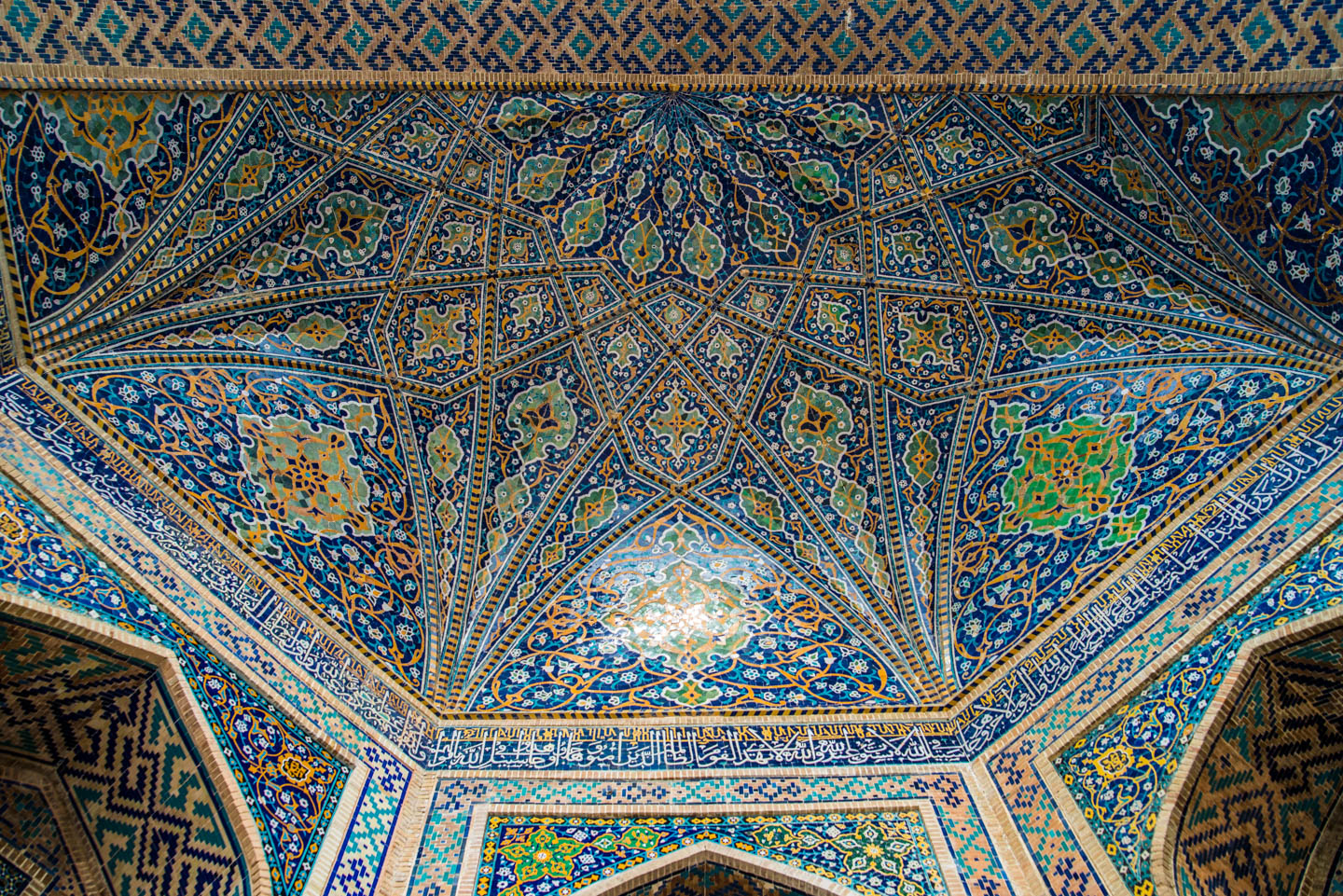
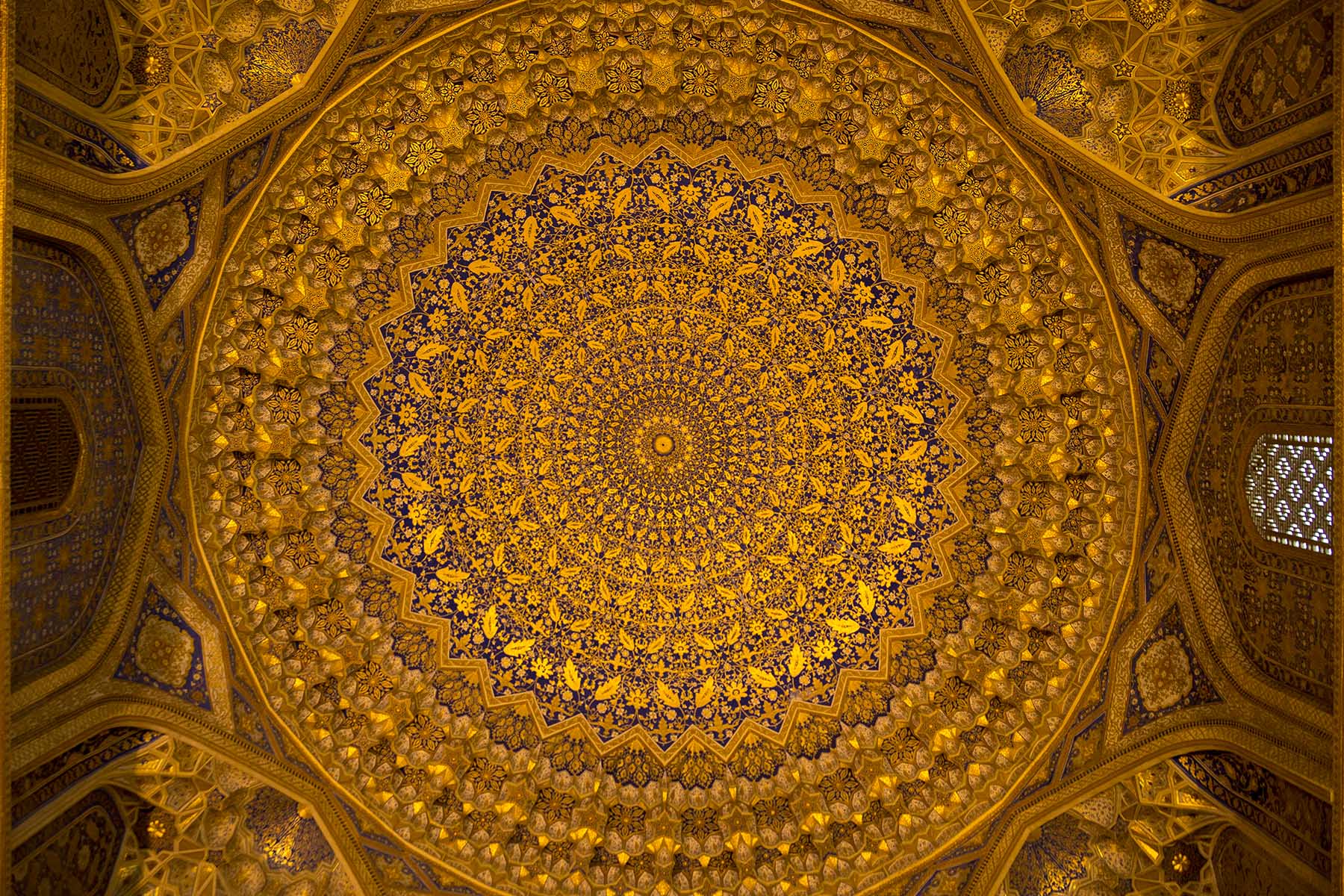
Samarkand has always been a home to smart and brilliant people of the past. One of them was Ulugh Beg, who was also the ruler at one point in Samarkand's history. What is interesting about Ulugh Beg is the fact that he was well known as a mathematician and astronomer, rather than a ruler. He was a great supporter of education and he built an observatory in Samarkand somewhere between 1424 and 1429. At that time, it was considered to be one of the finest observatories in the Central Asia region. Ulugh Beg used the observatory to find and revise errors in the Arabian star catalog which has been considered the benchmark by the astronomers. Based on his studies, he redetermined the positions of 992 stars and added 27 stars to it. Ulugh Beg's revised catalog was first edited in 1665, more than 200 years after Ulugh Beg's discoveries. In mathematics, Ulugh Beg came up with the accurate trigonometric tables of sine and tangent values which were correct to at least eight decimal places. Unfortunately, Ulugh Beg was not as strong of a ruler as he was a scholar. He was overthrown and assassinated by his own son.
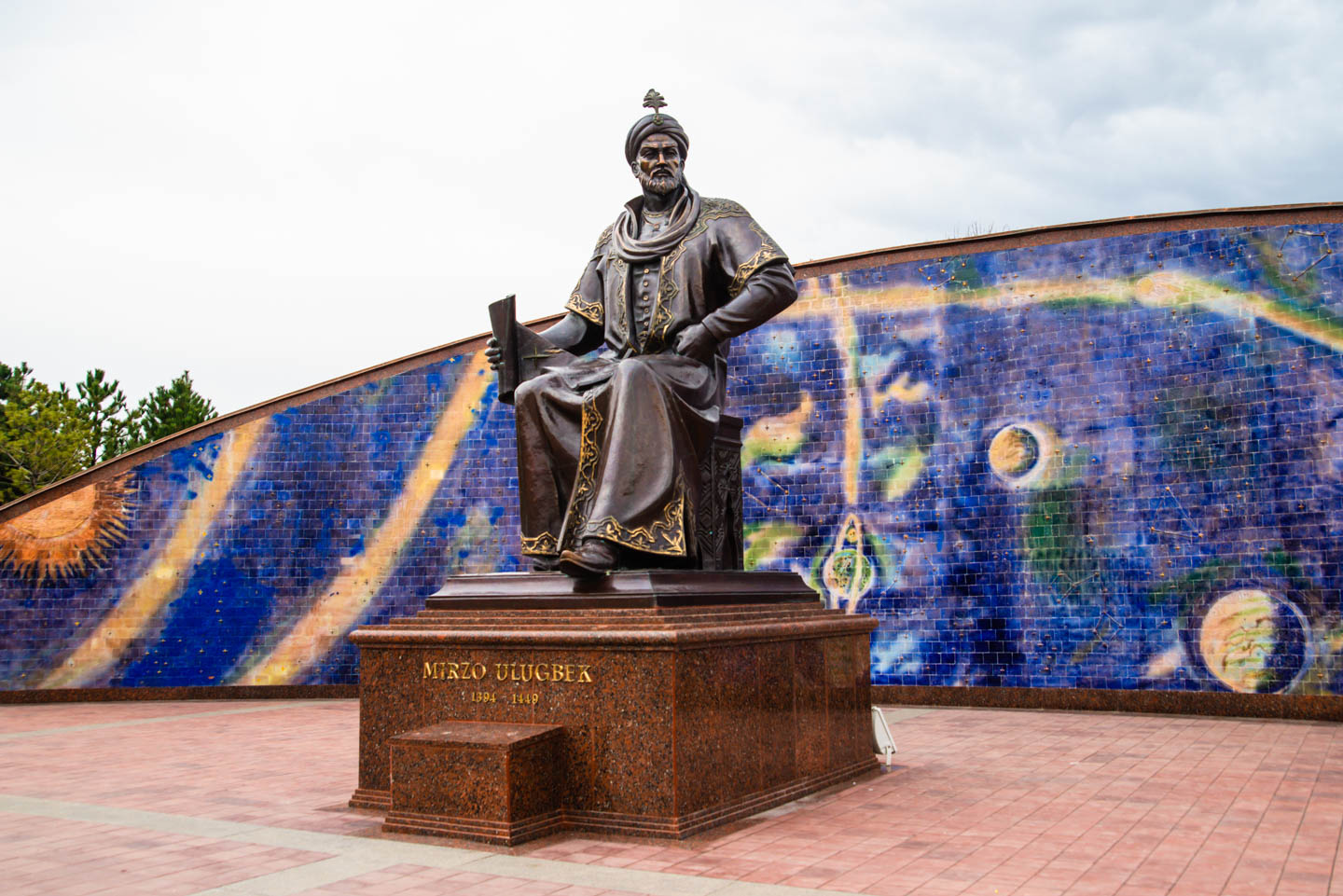
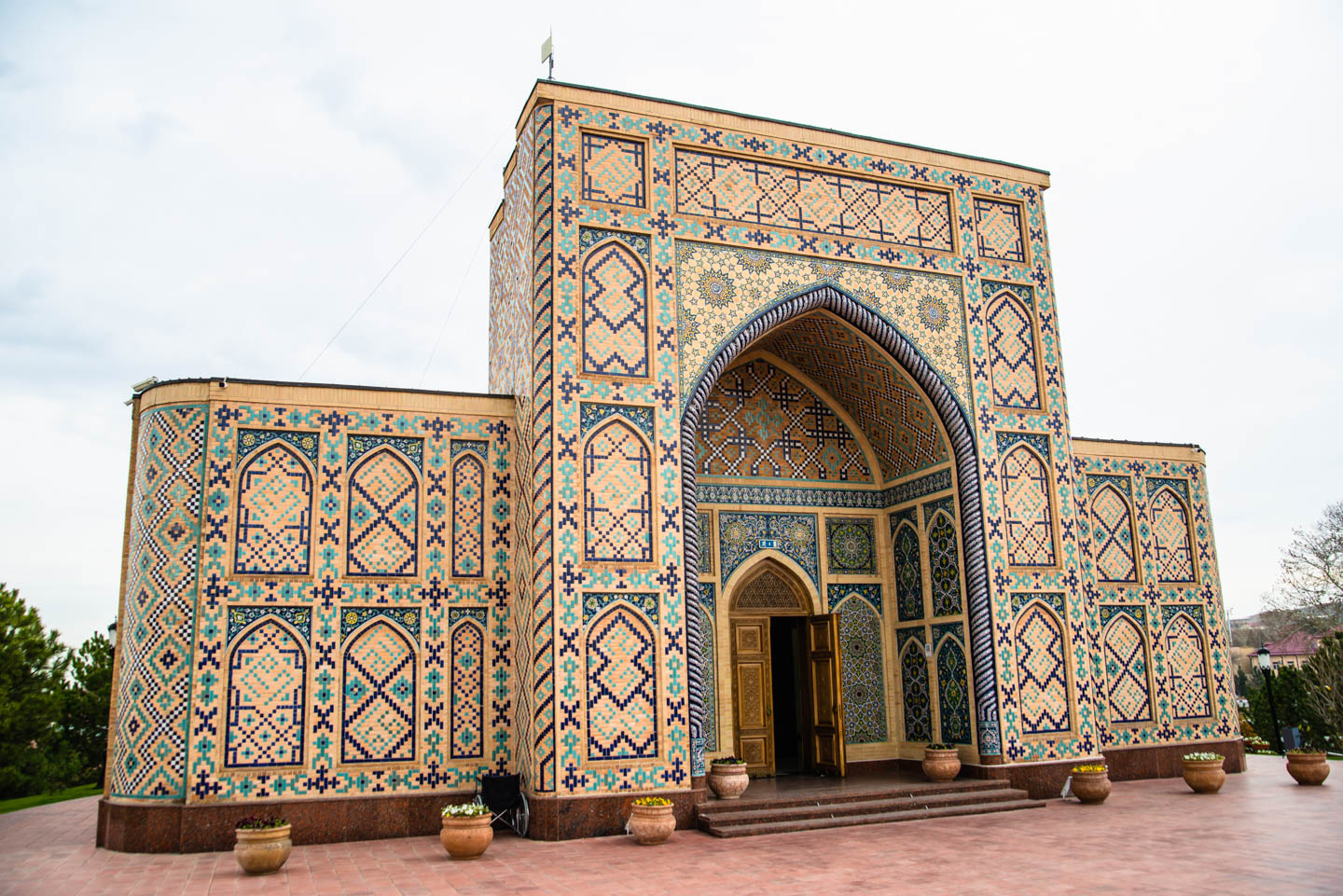
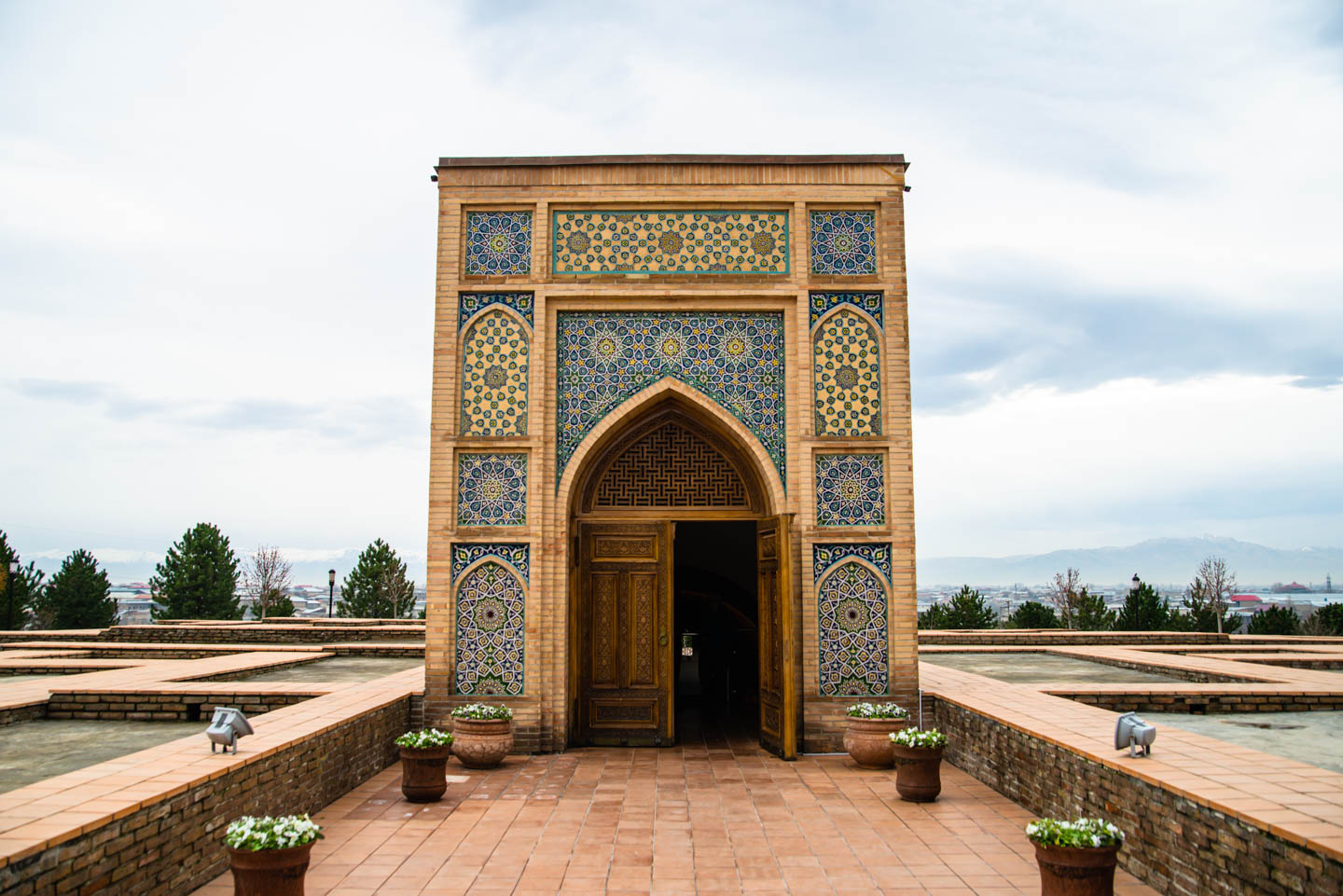
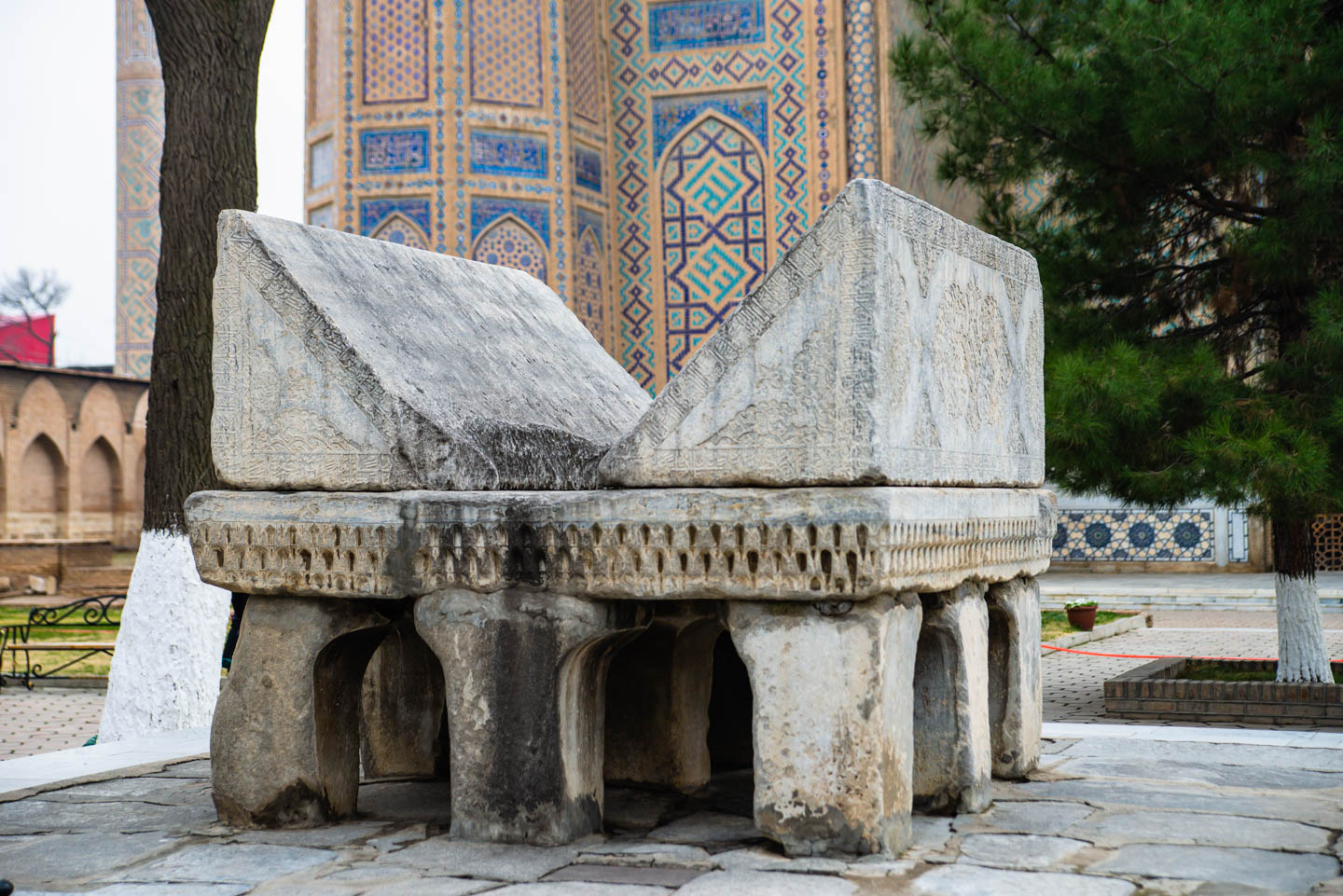
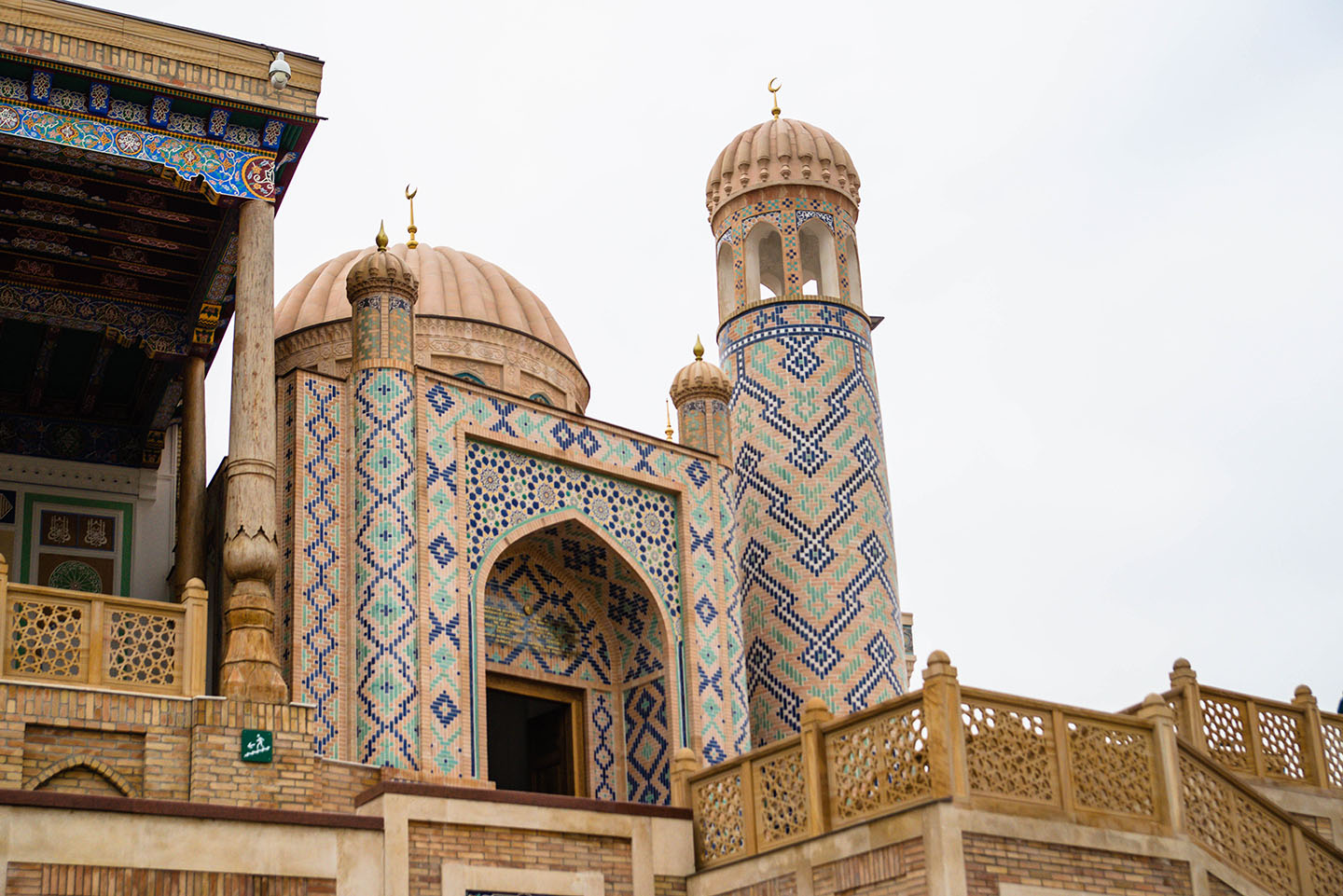
There are many other places to visit while in Samarkand. I tried to cover the most popular and the busiest tourist attractions. Samarkand is a very ancient city with its own unique architecture and culture. If you take the tours of the places that I have shown to you in this post, you will learn many more stories and legends. Rich history of the city makes it a perfect place to visit if you enjoy learning about historic places and architecture of the past.